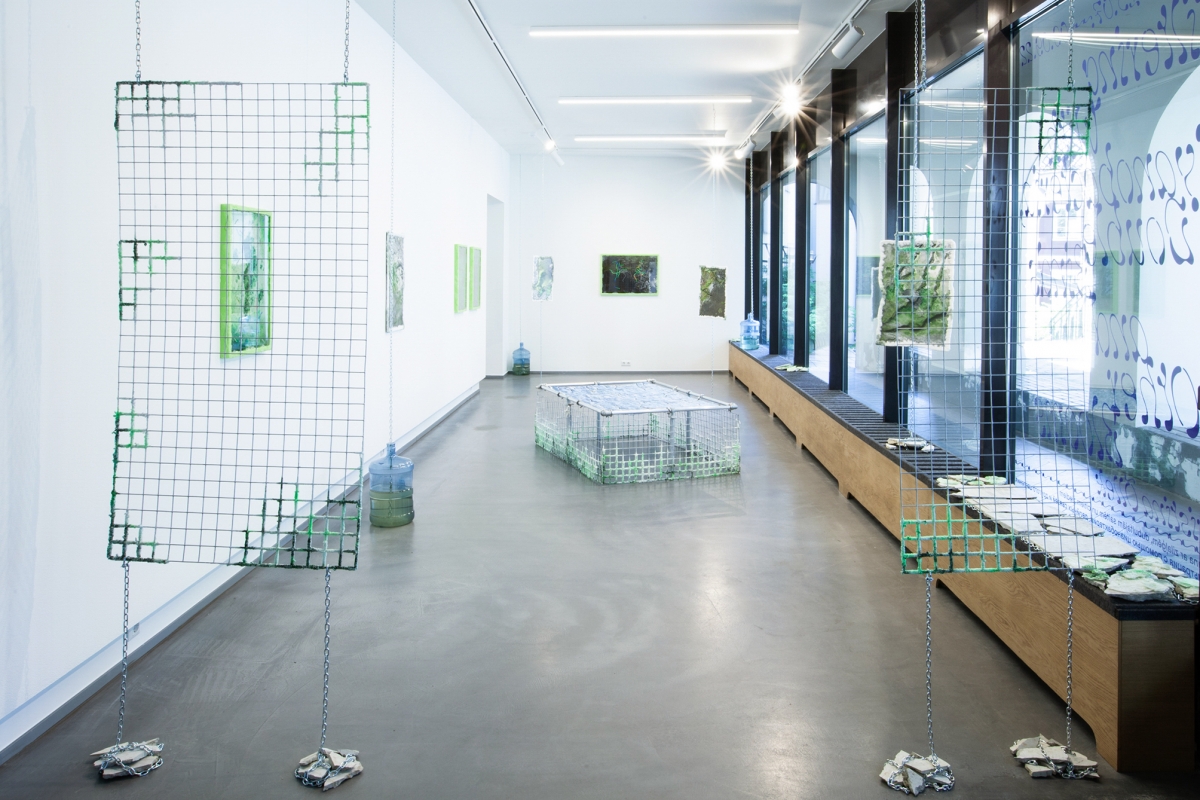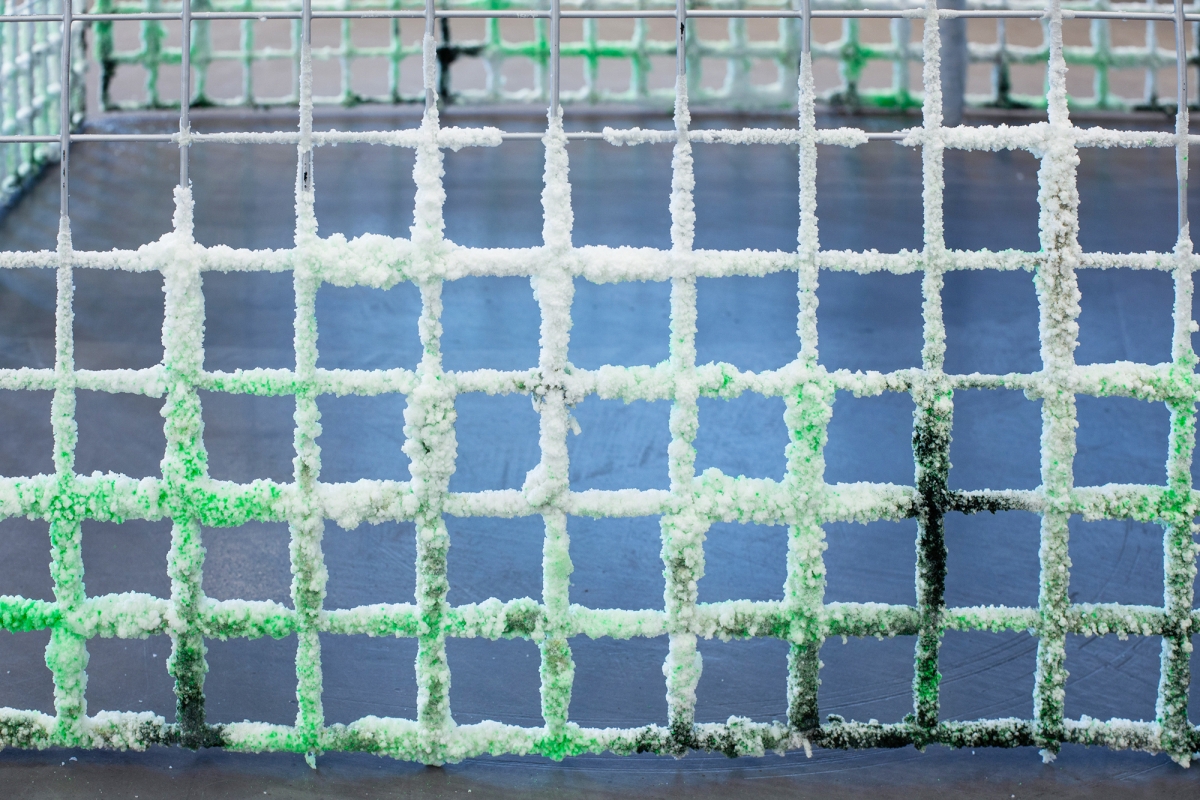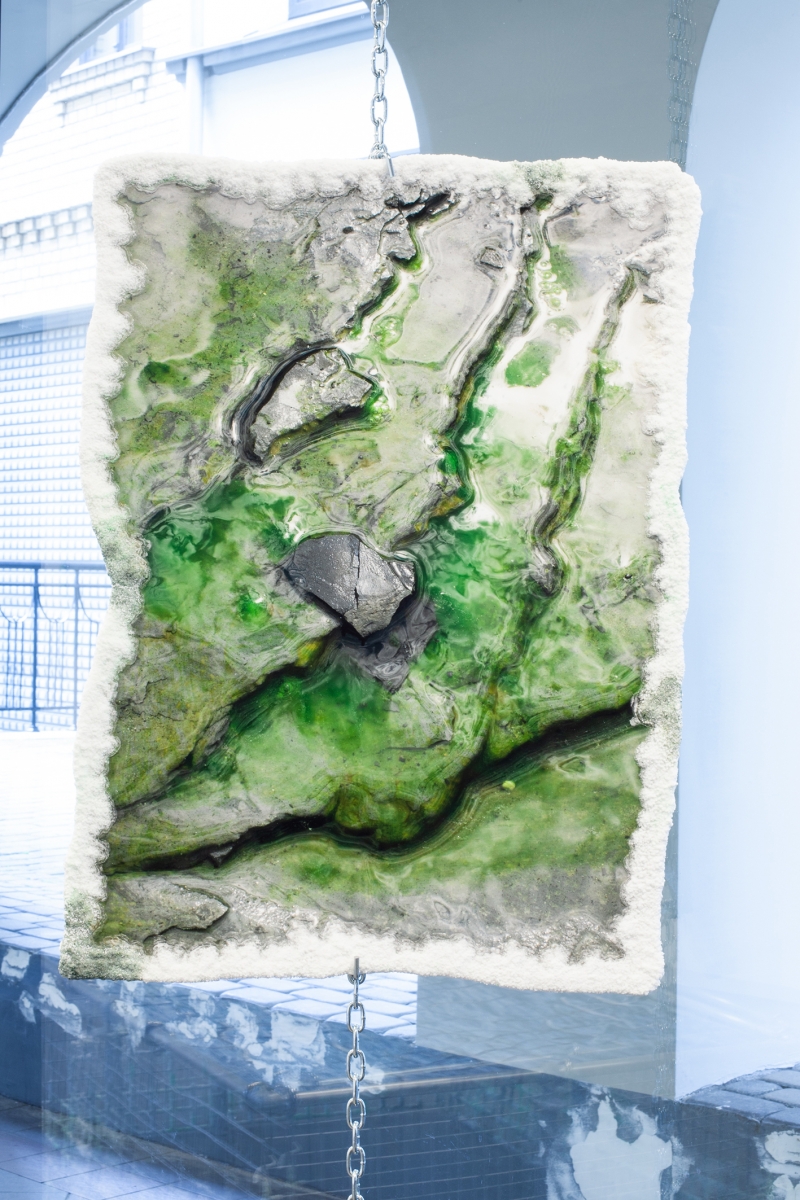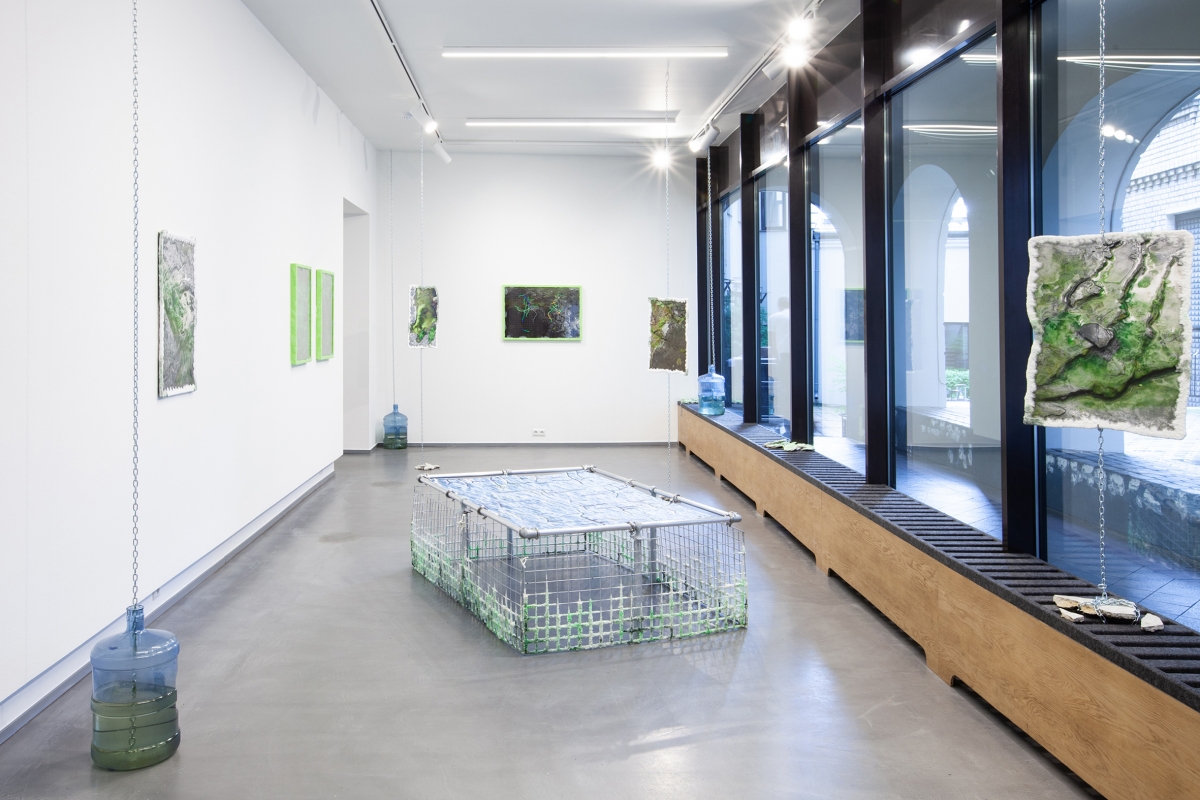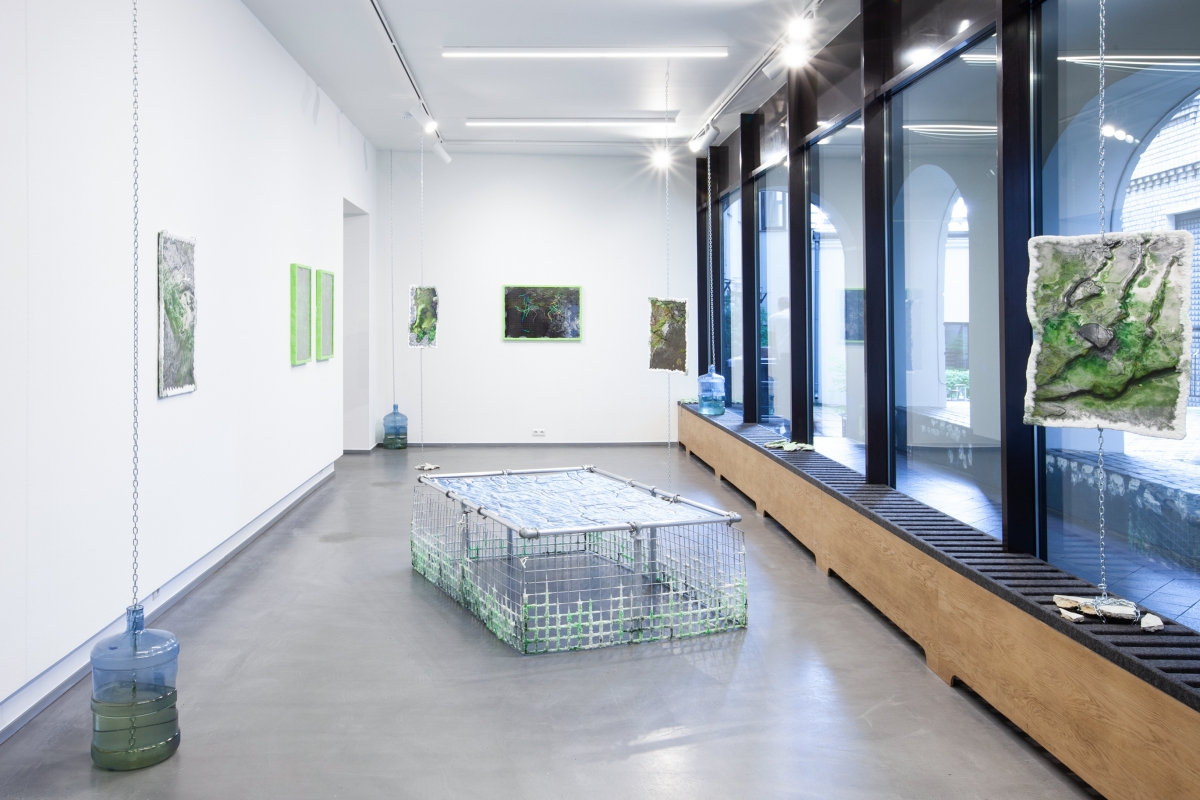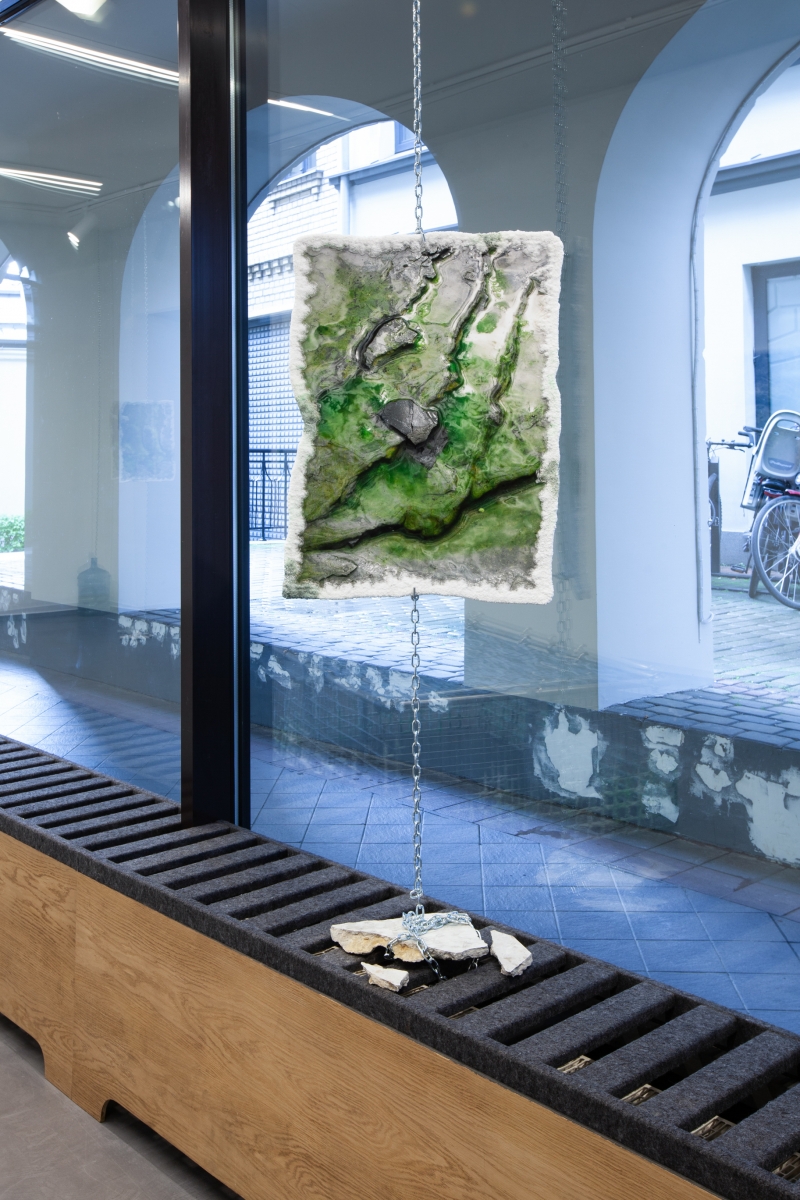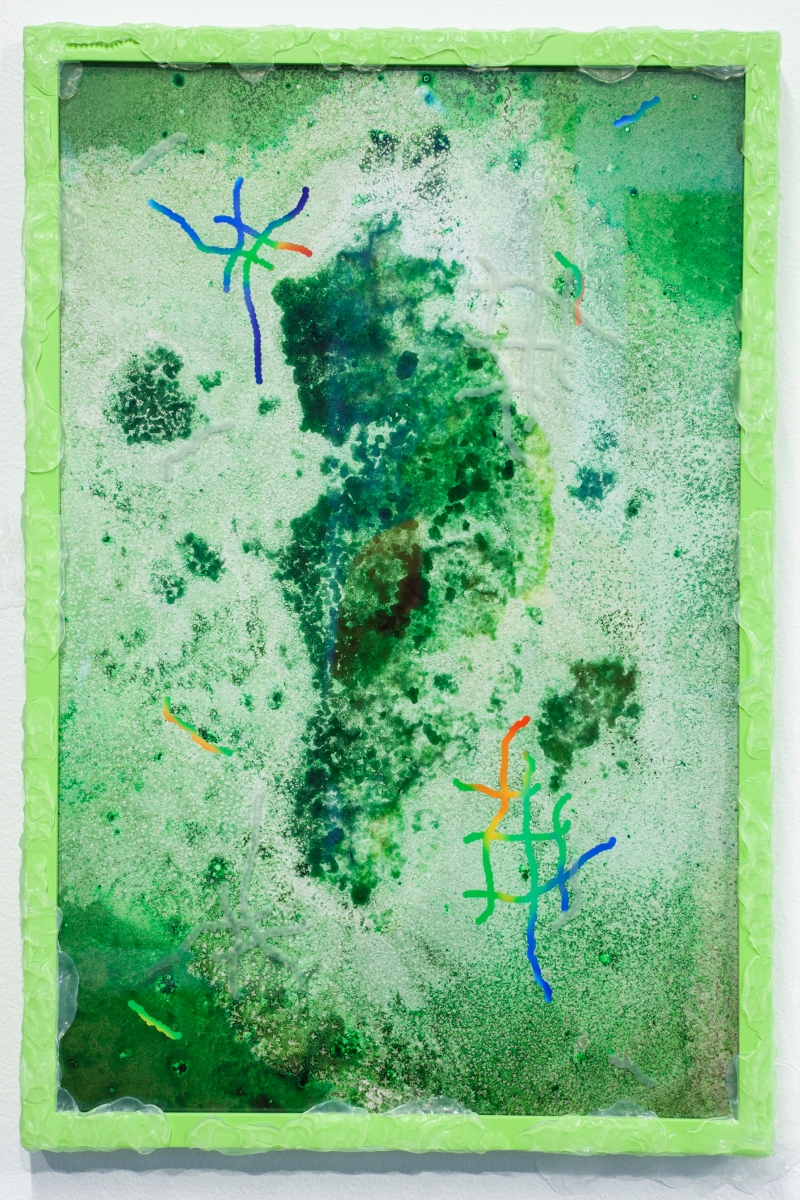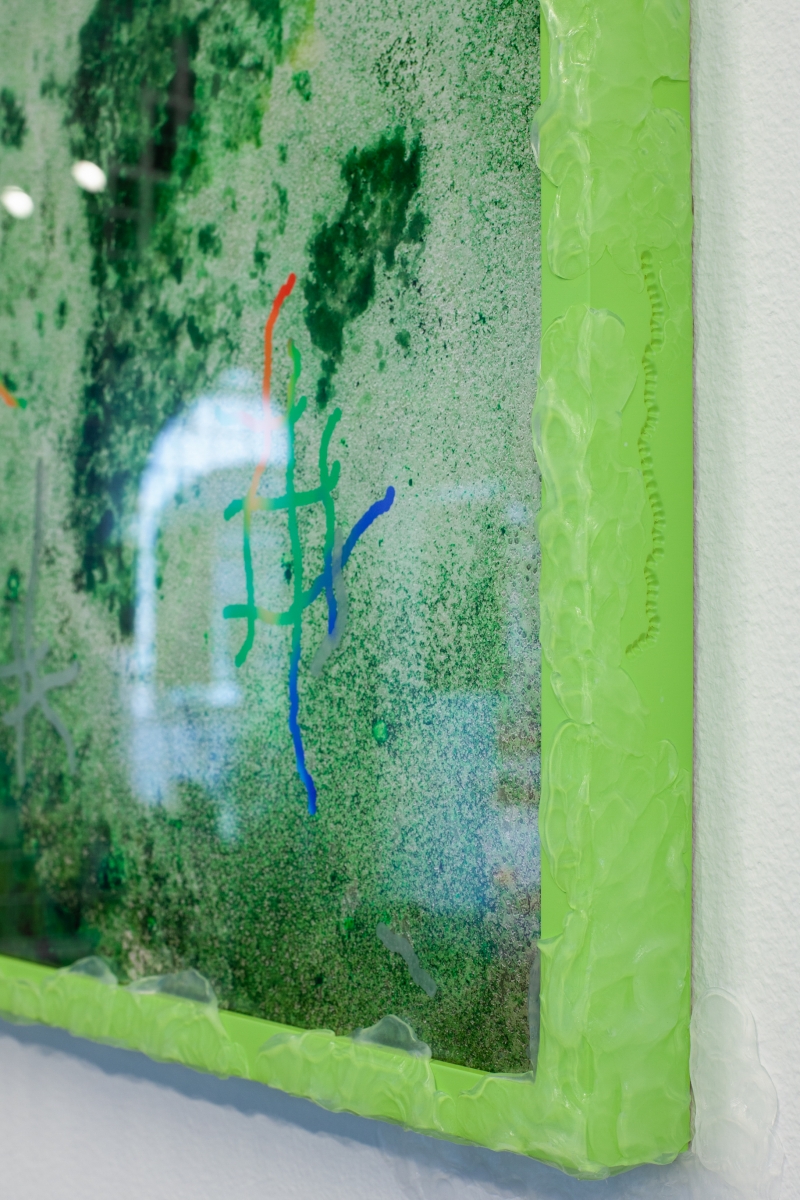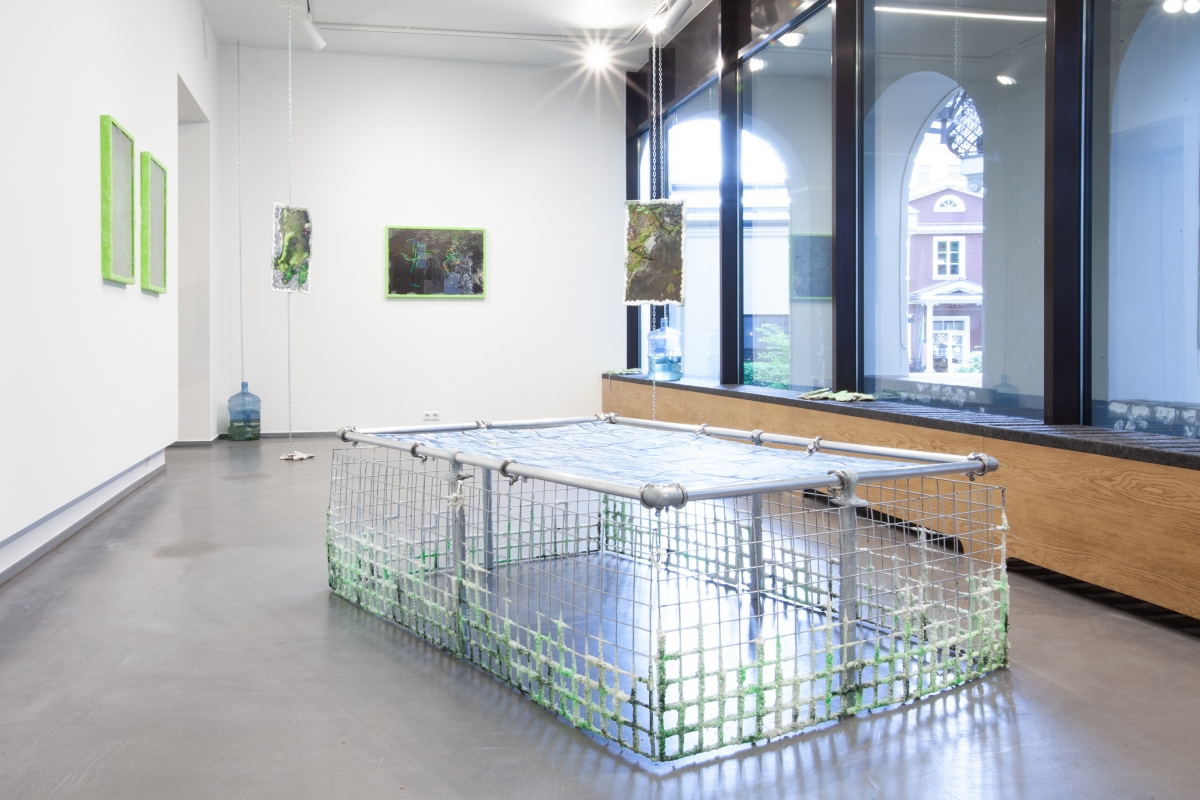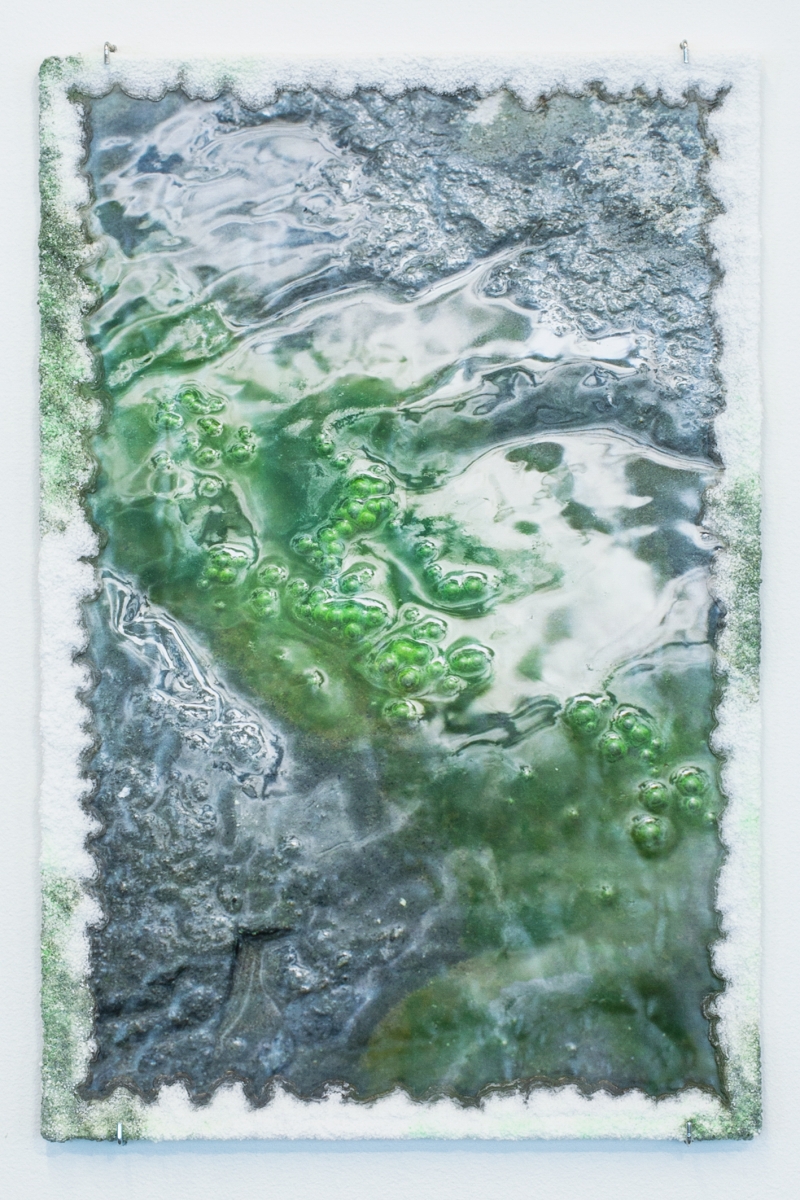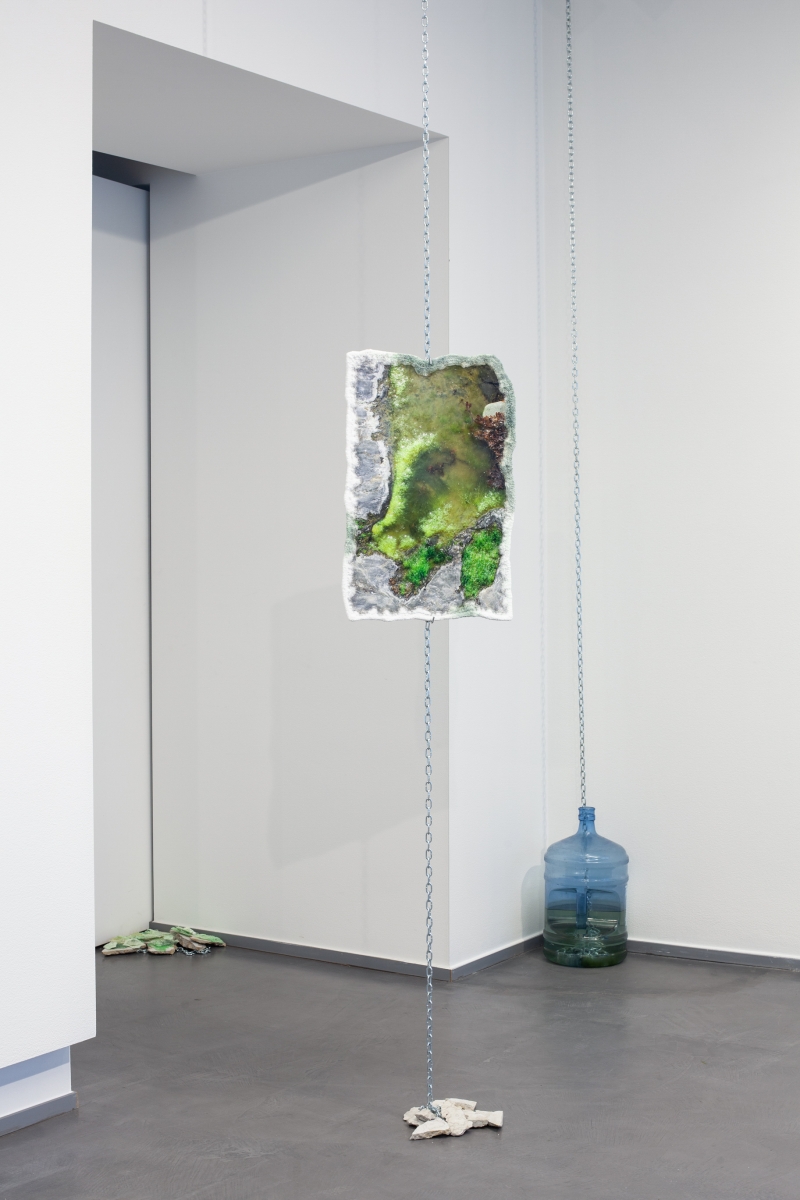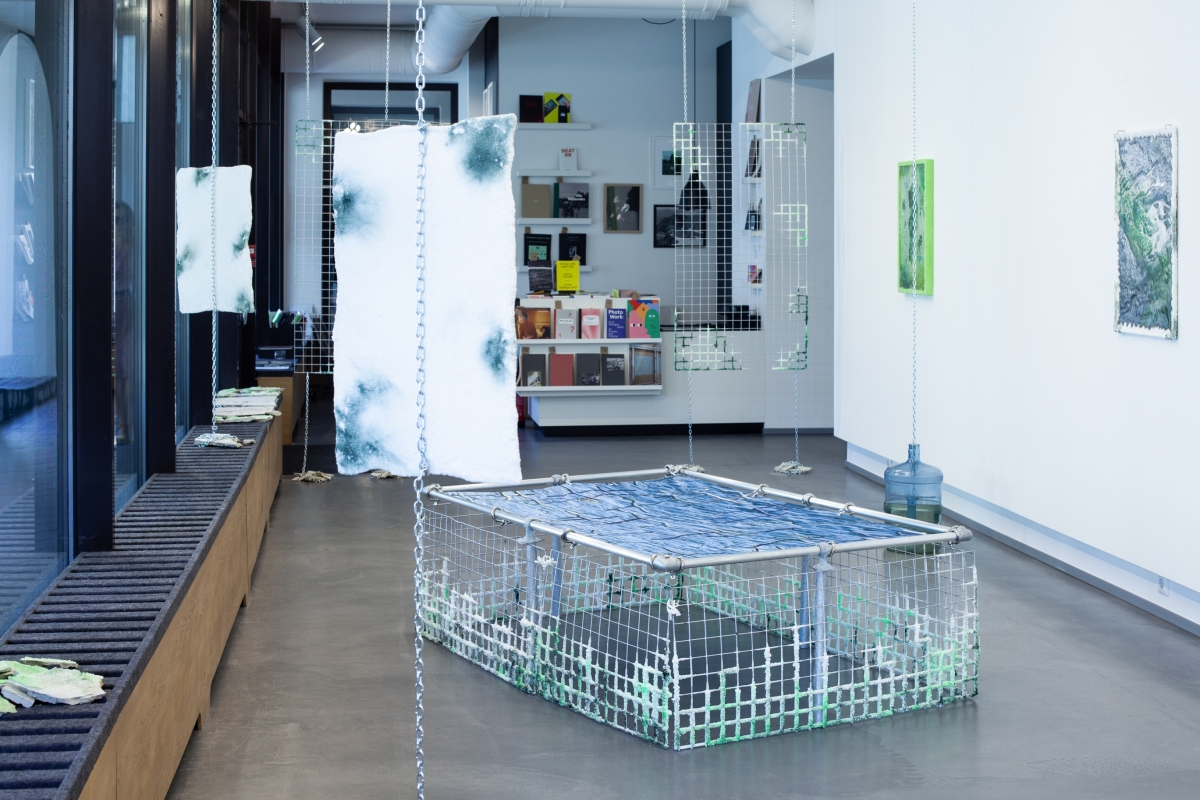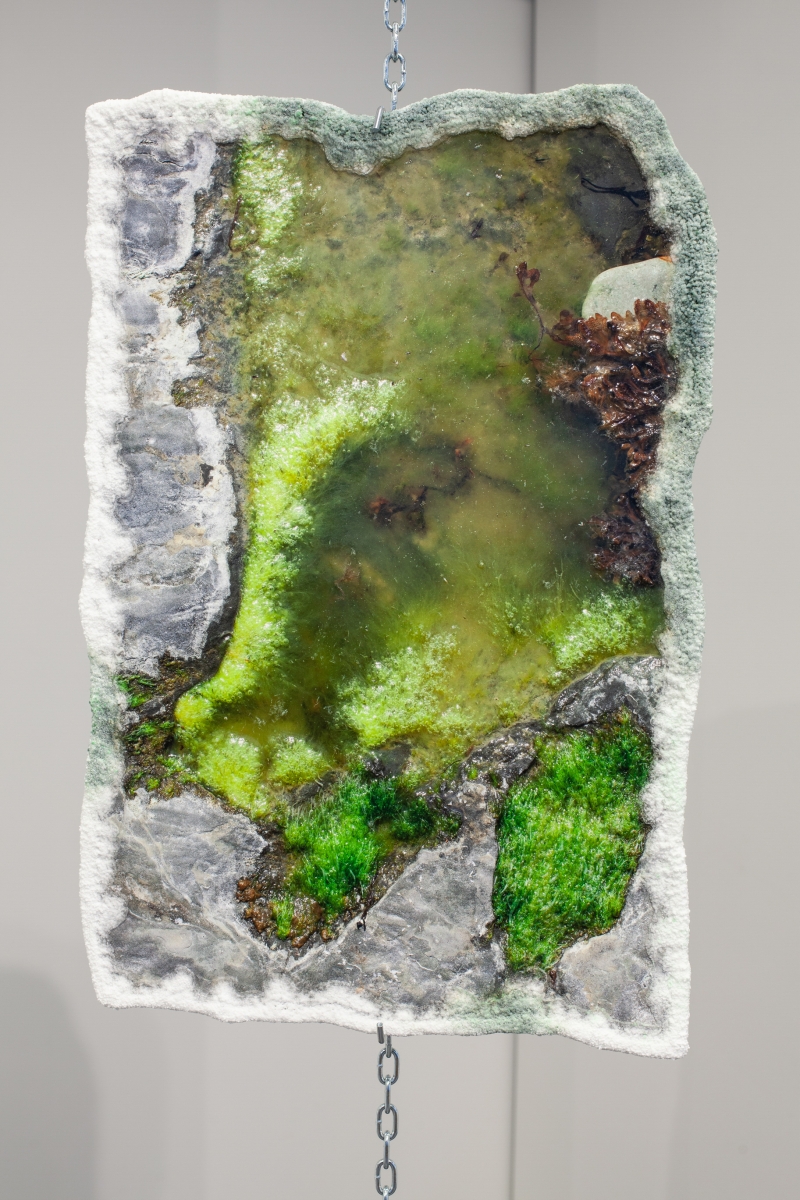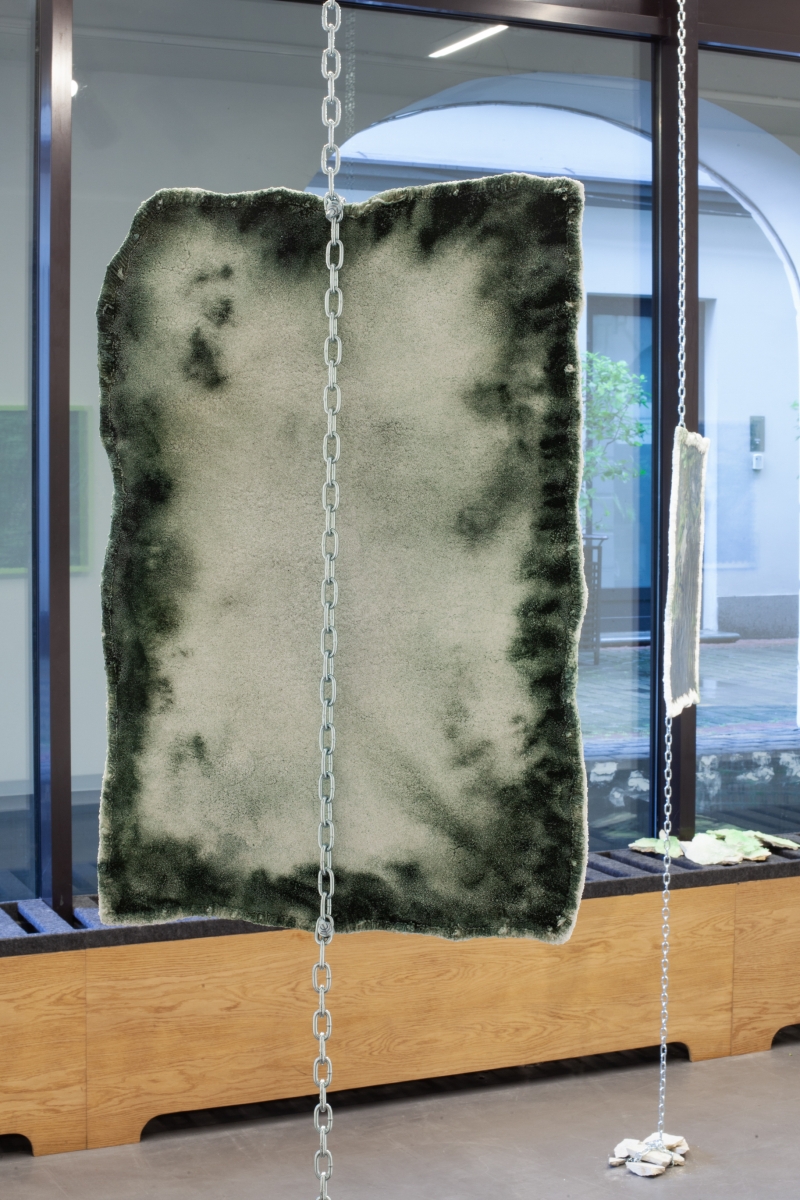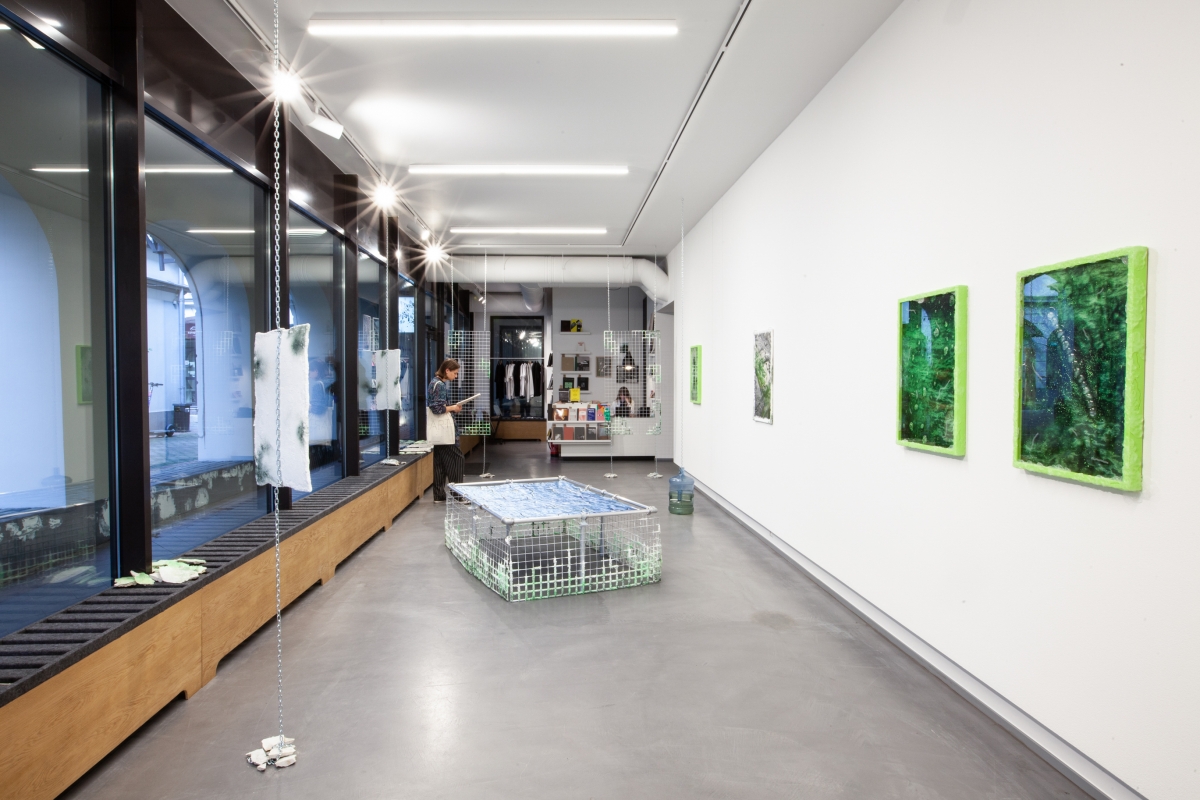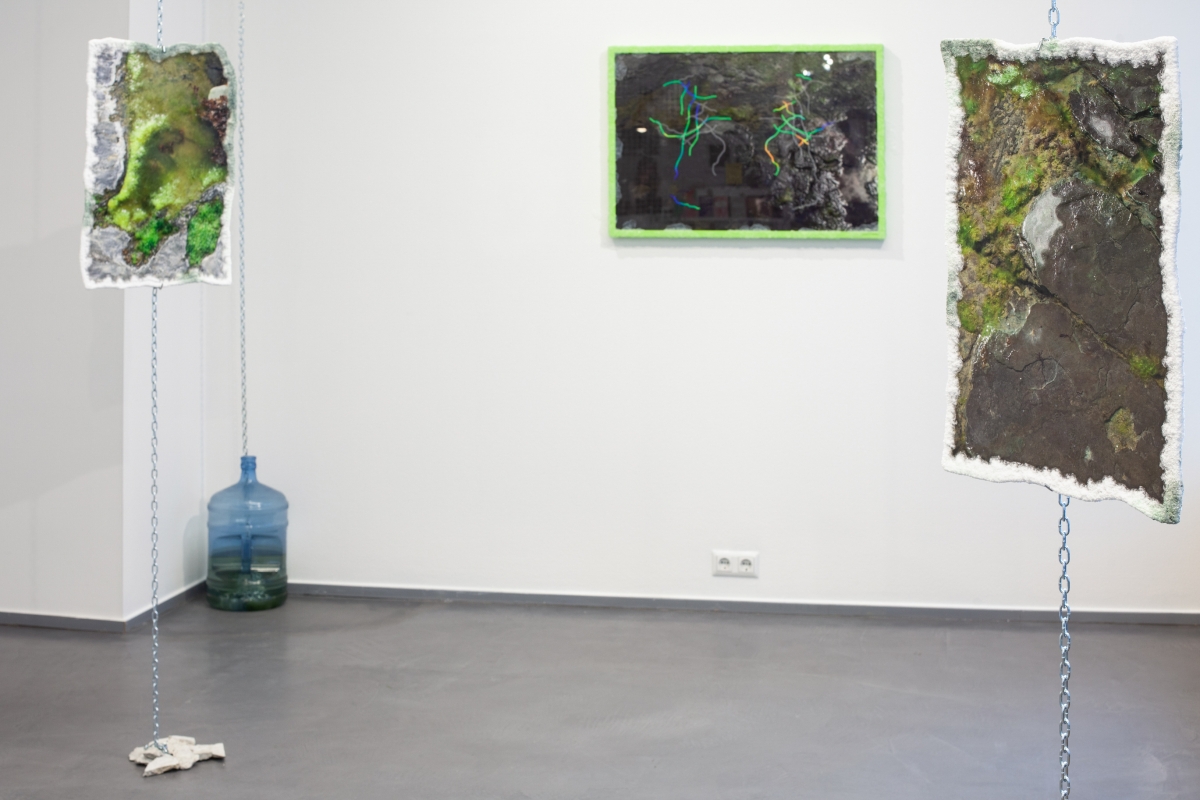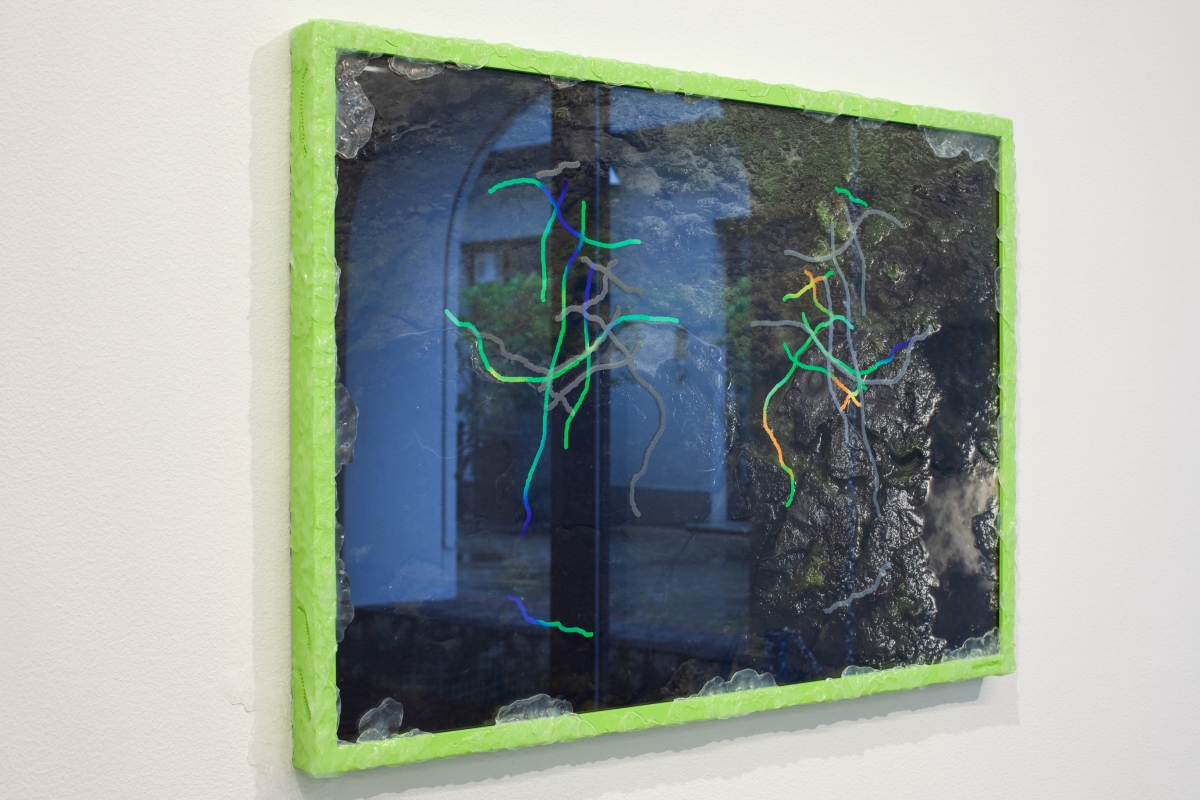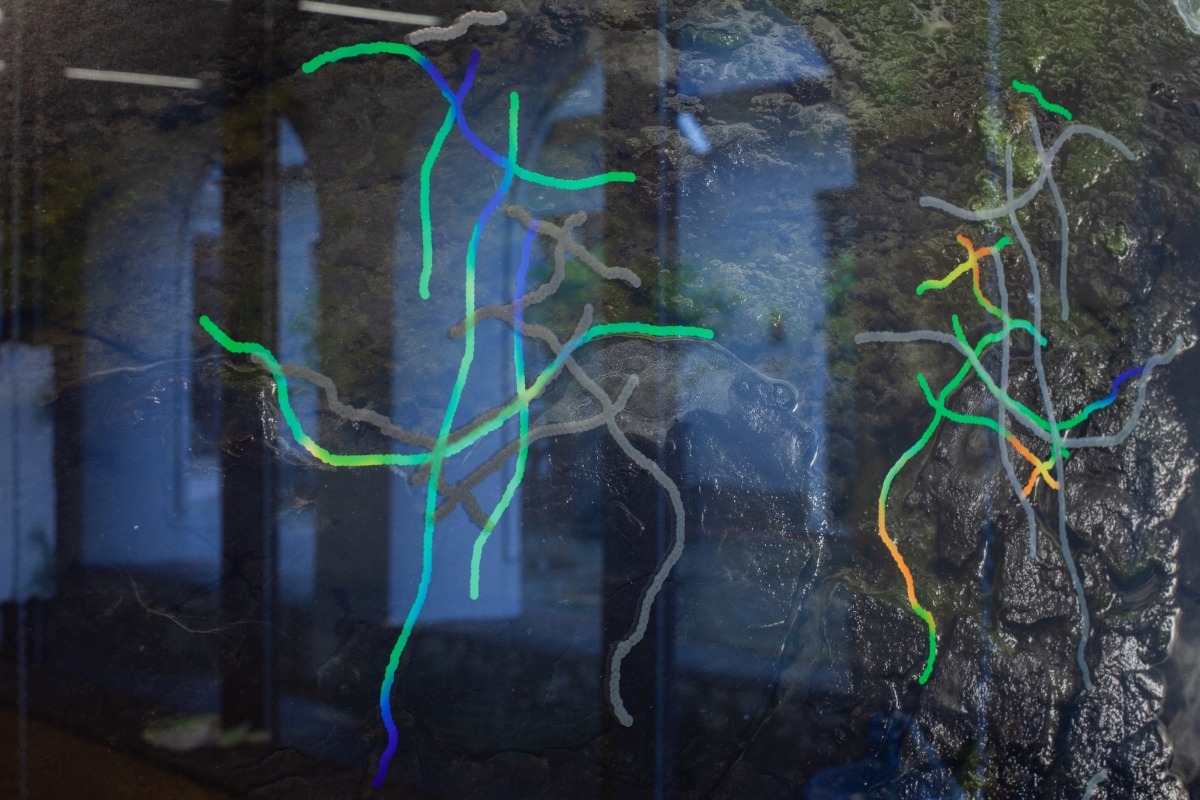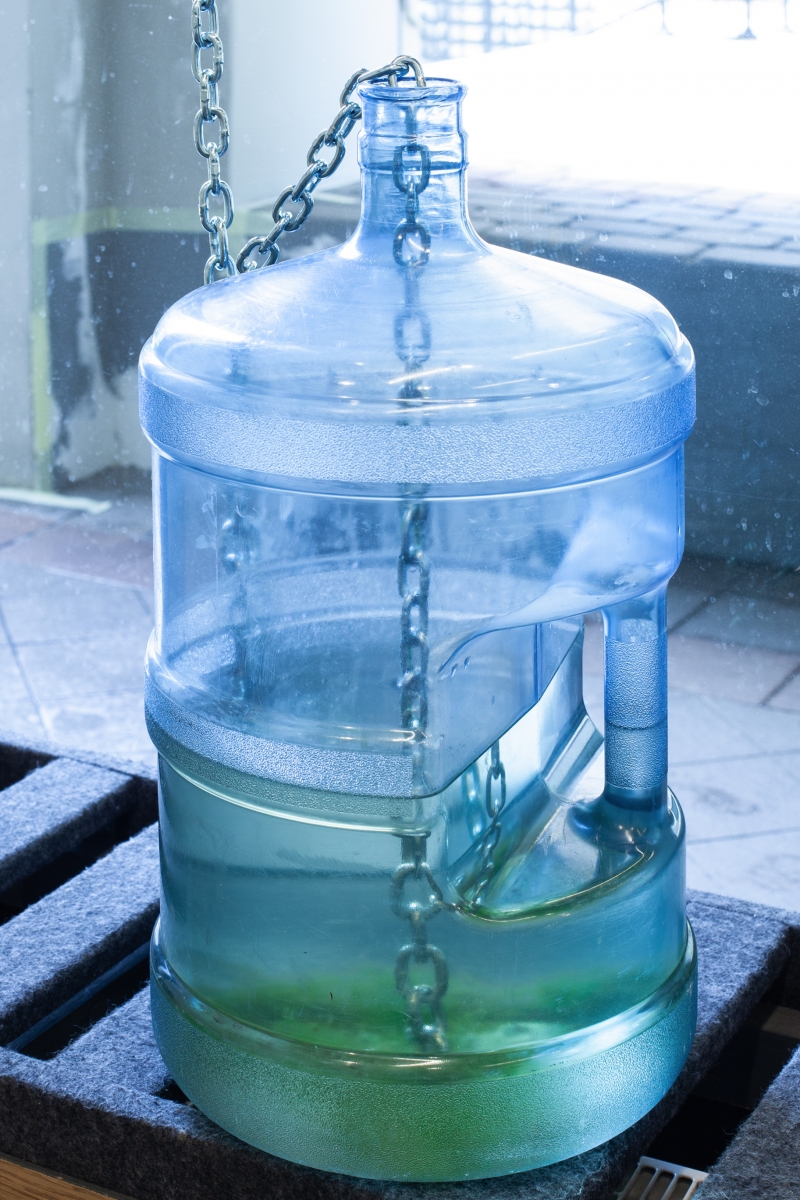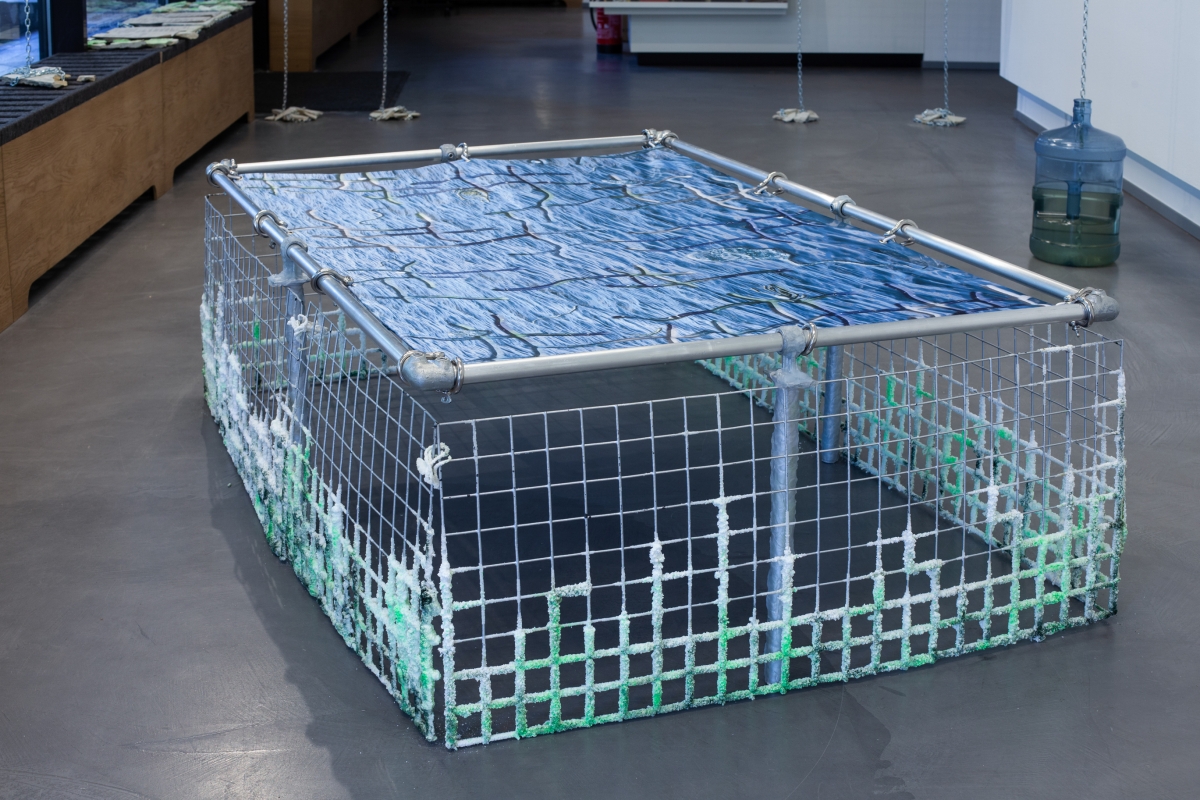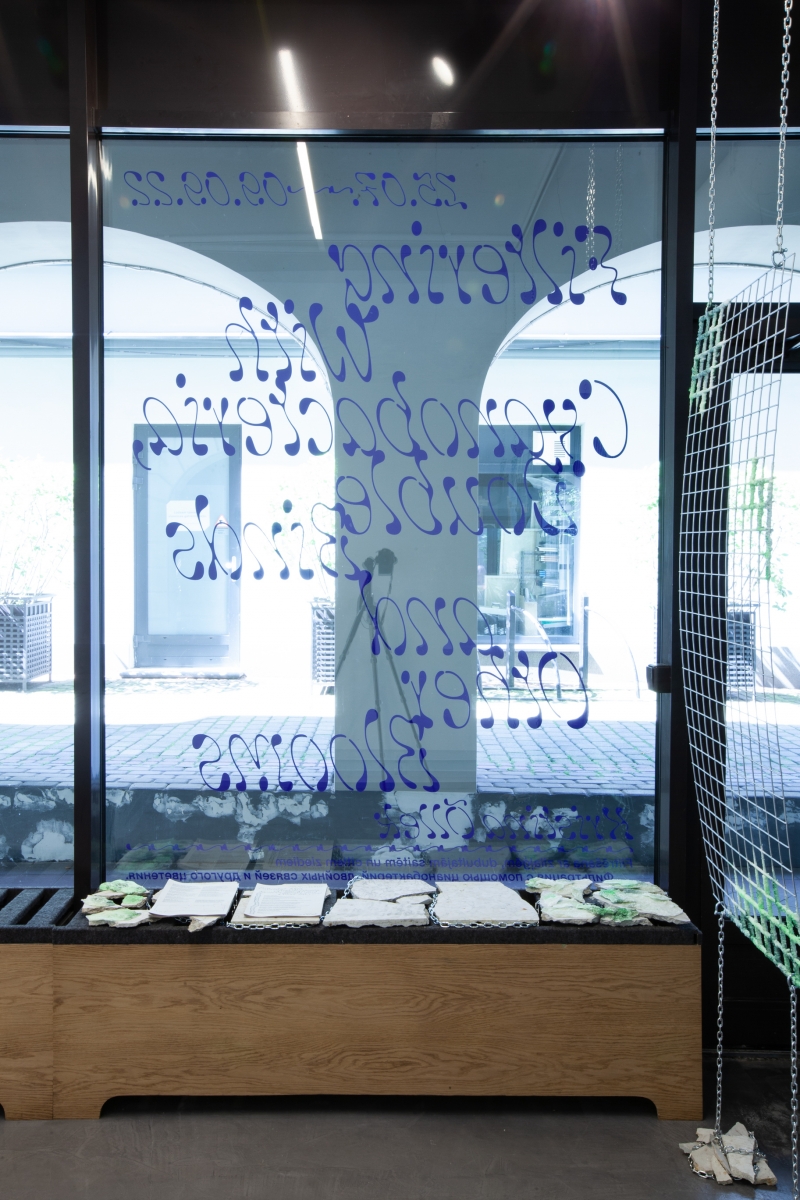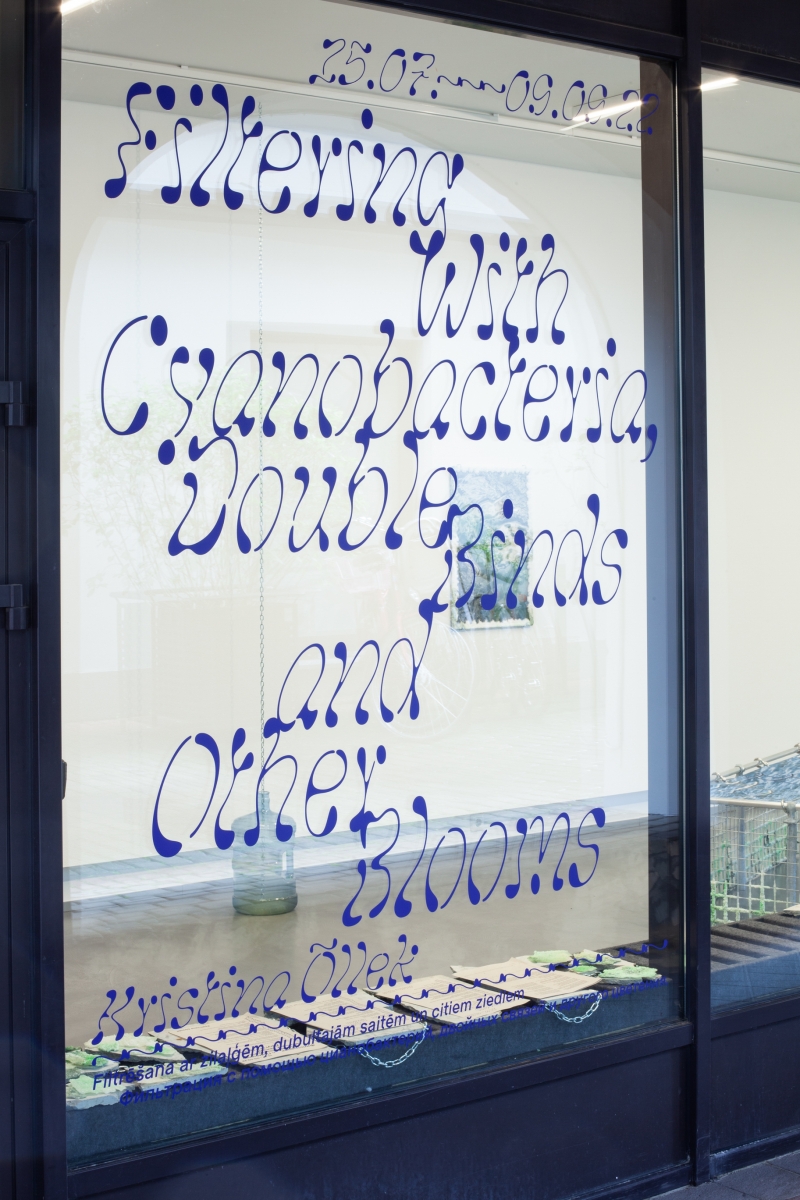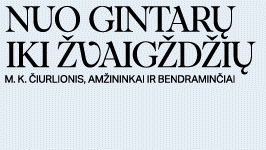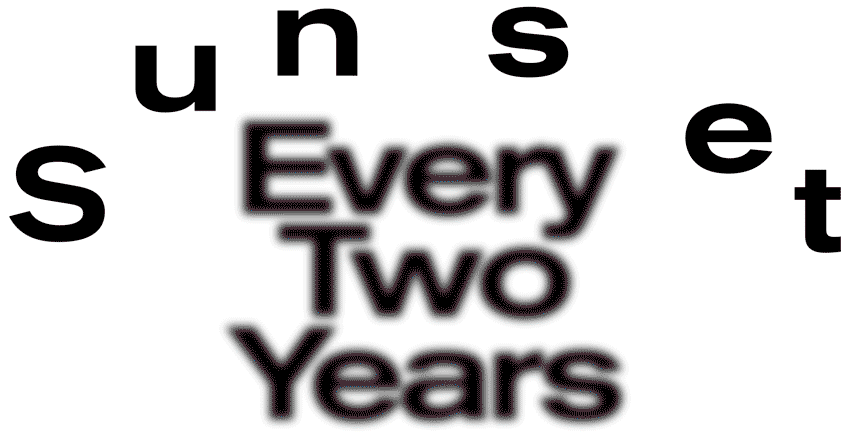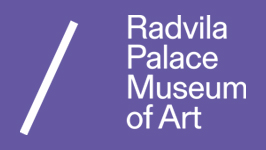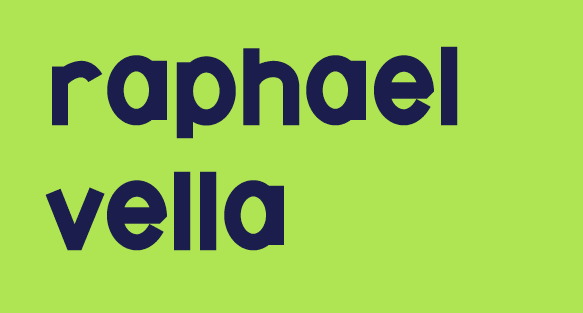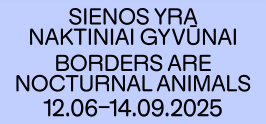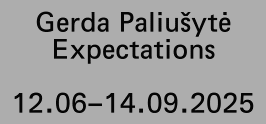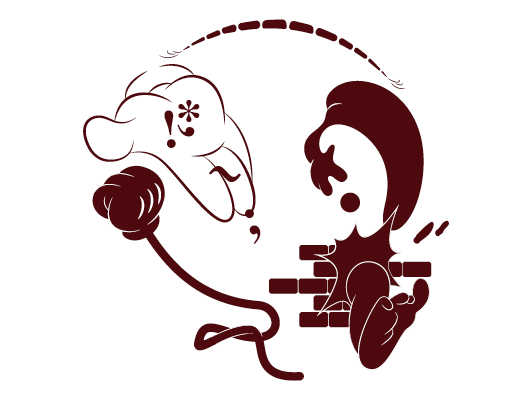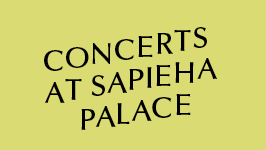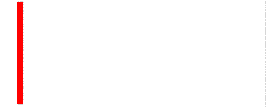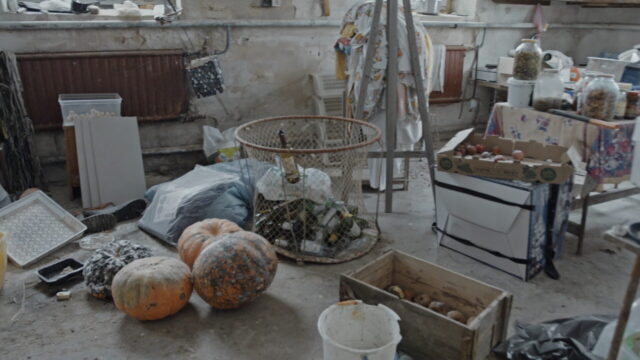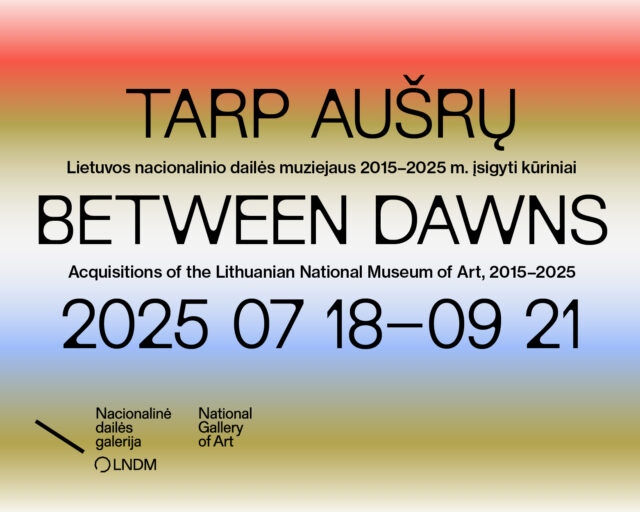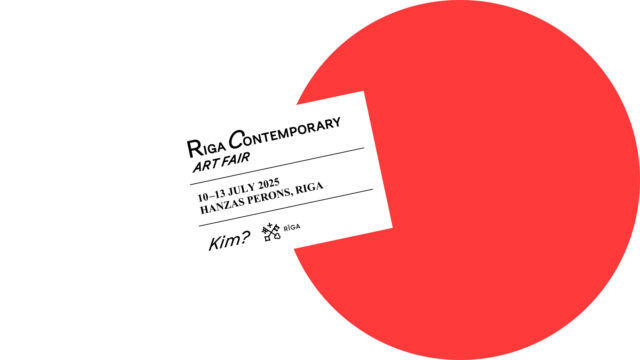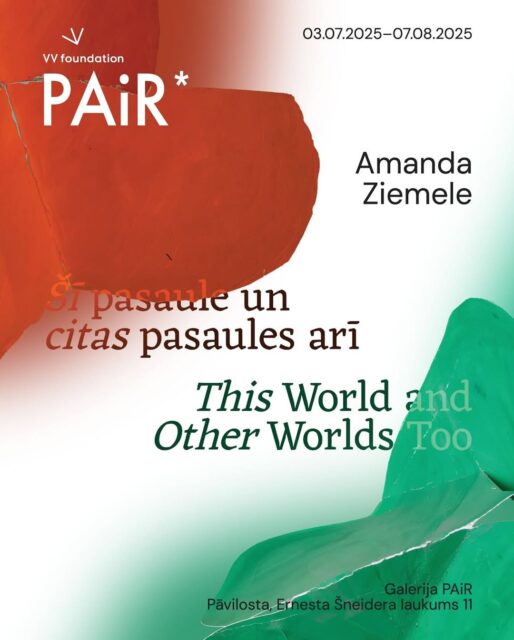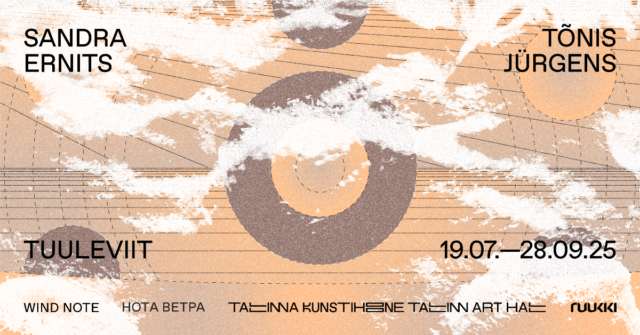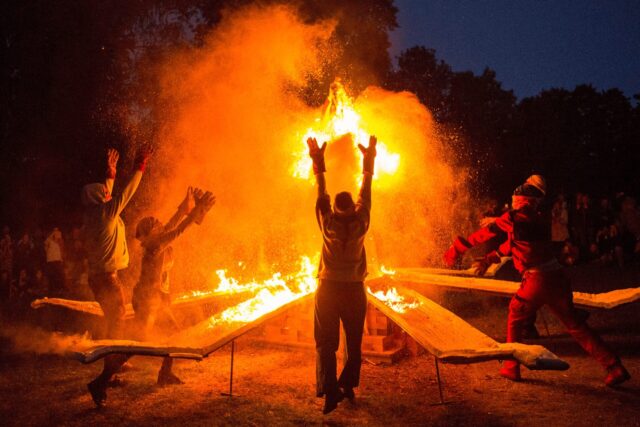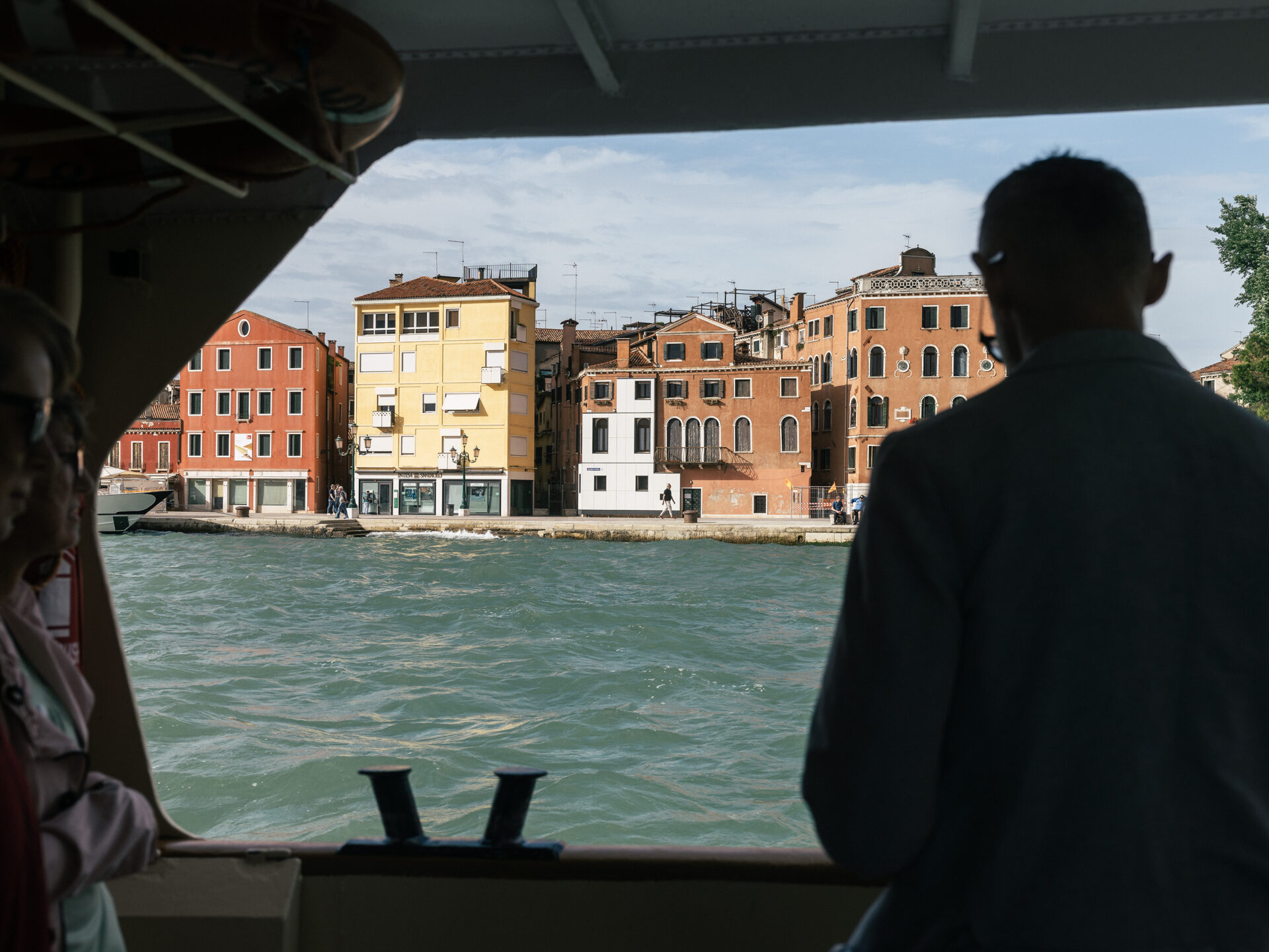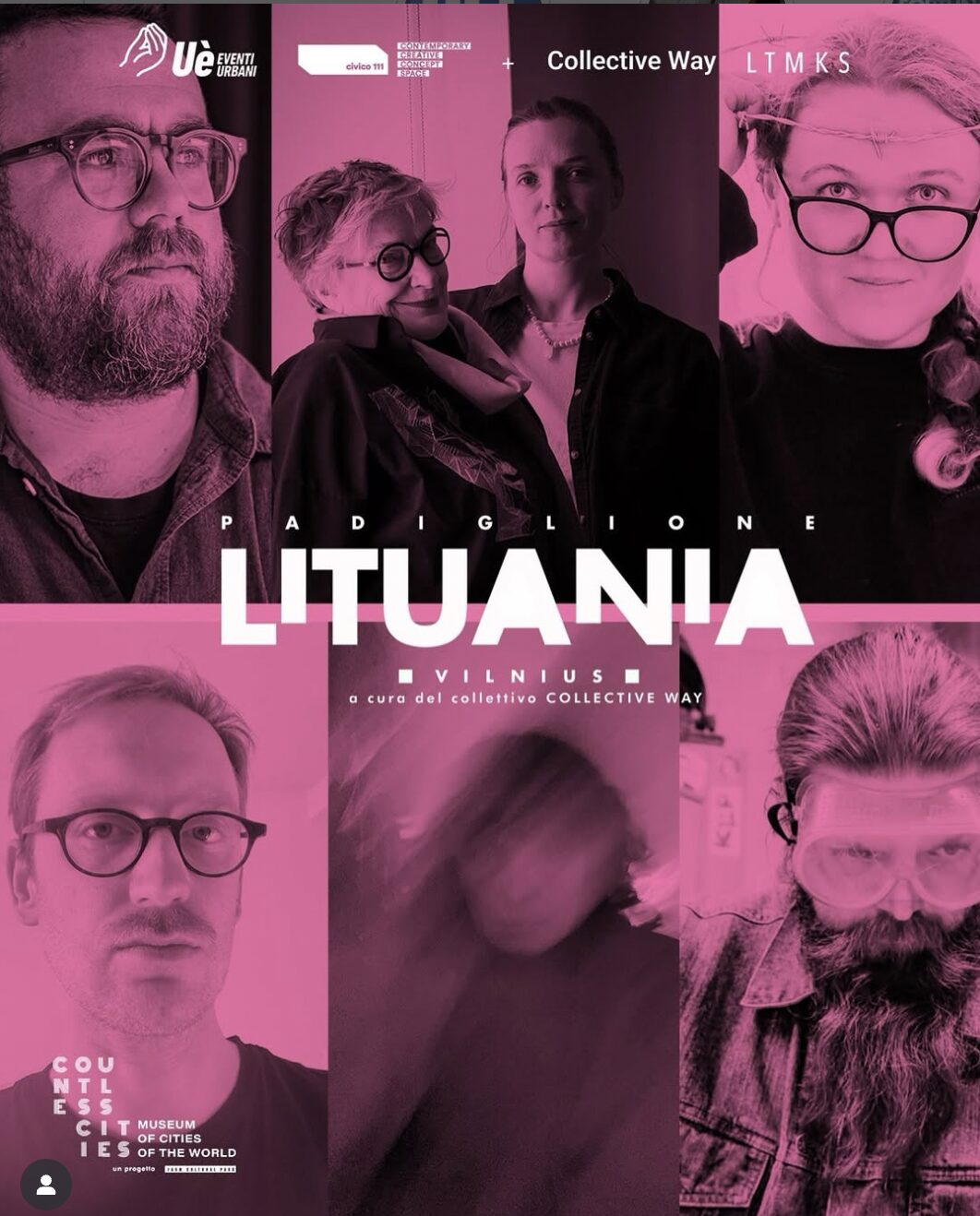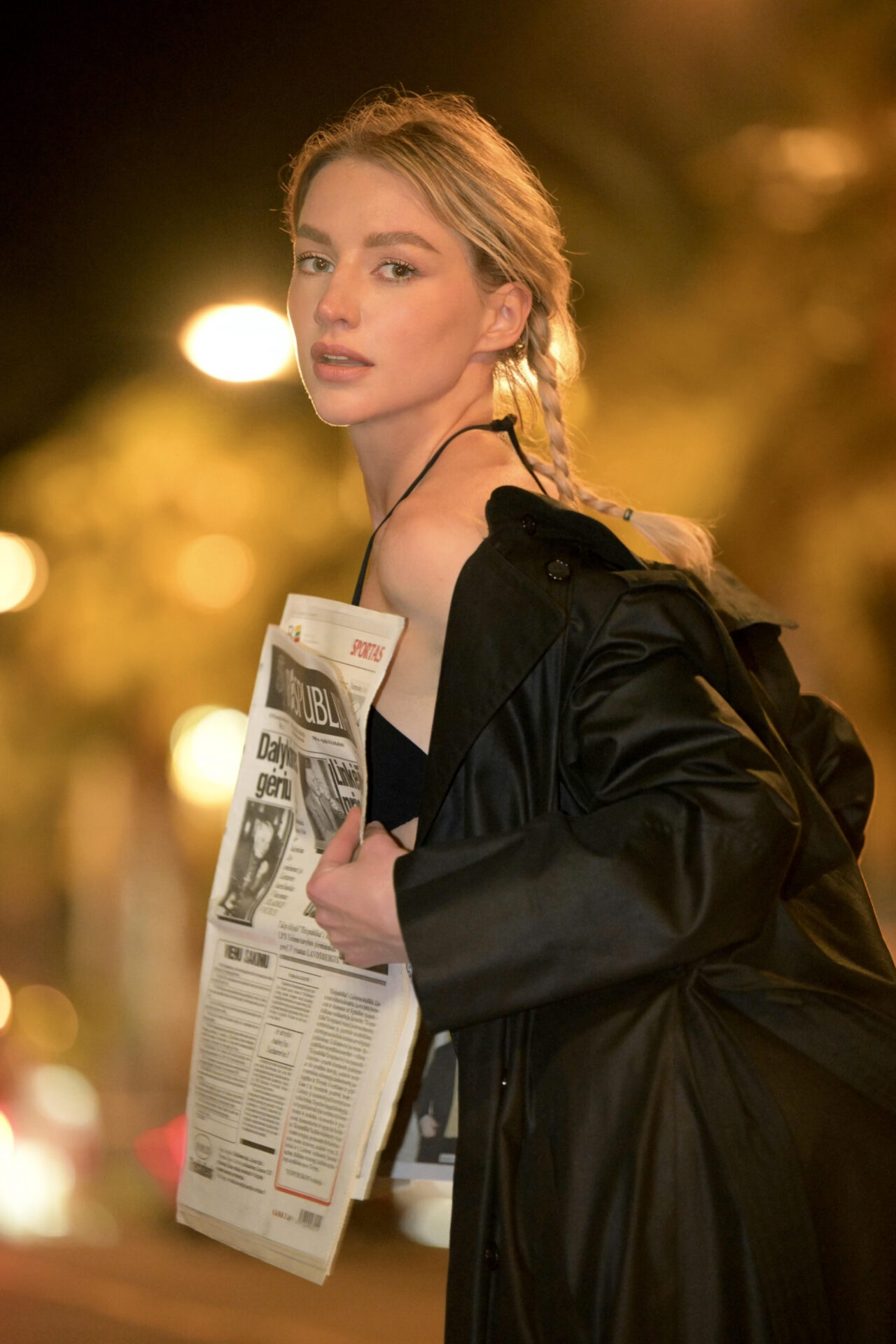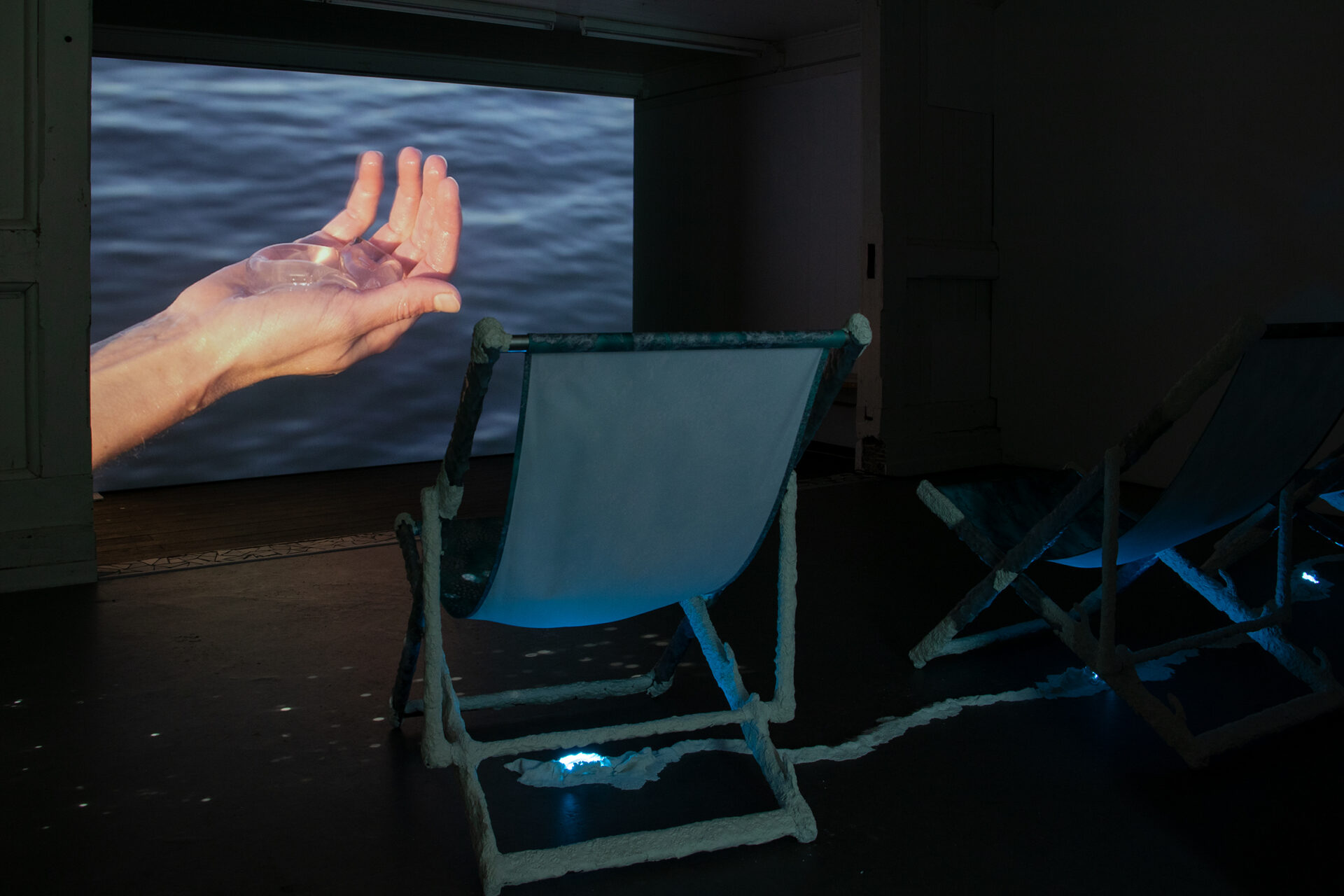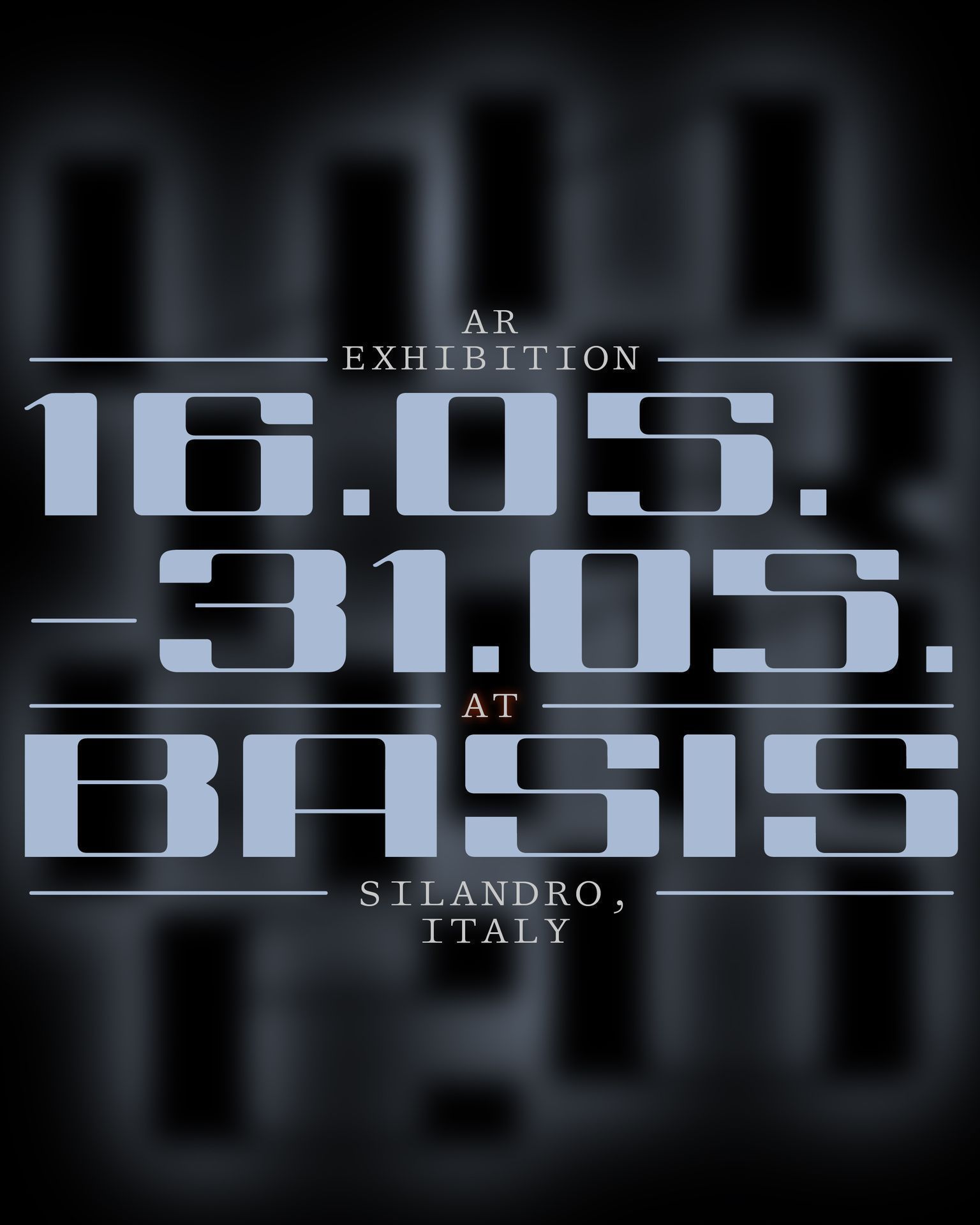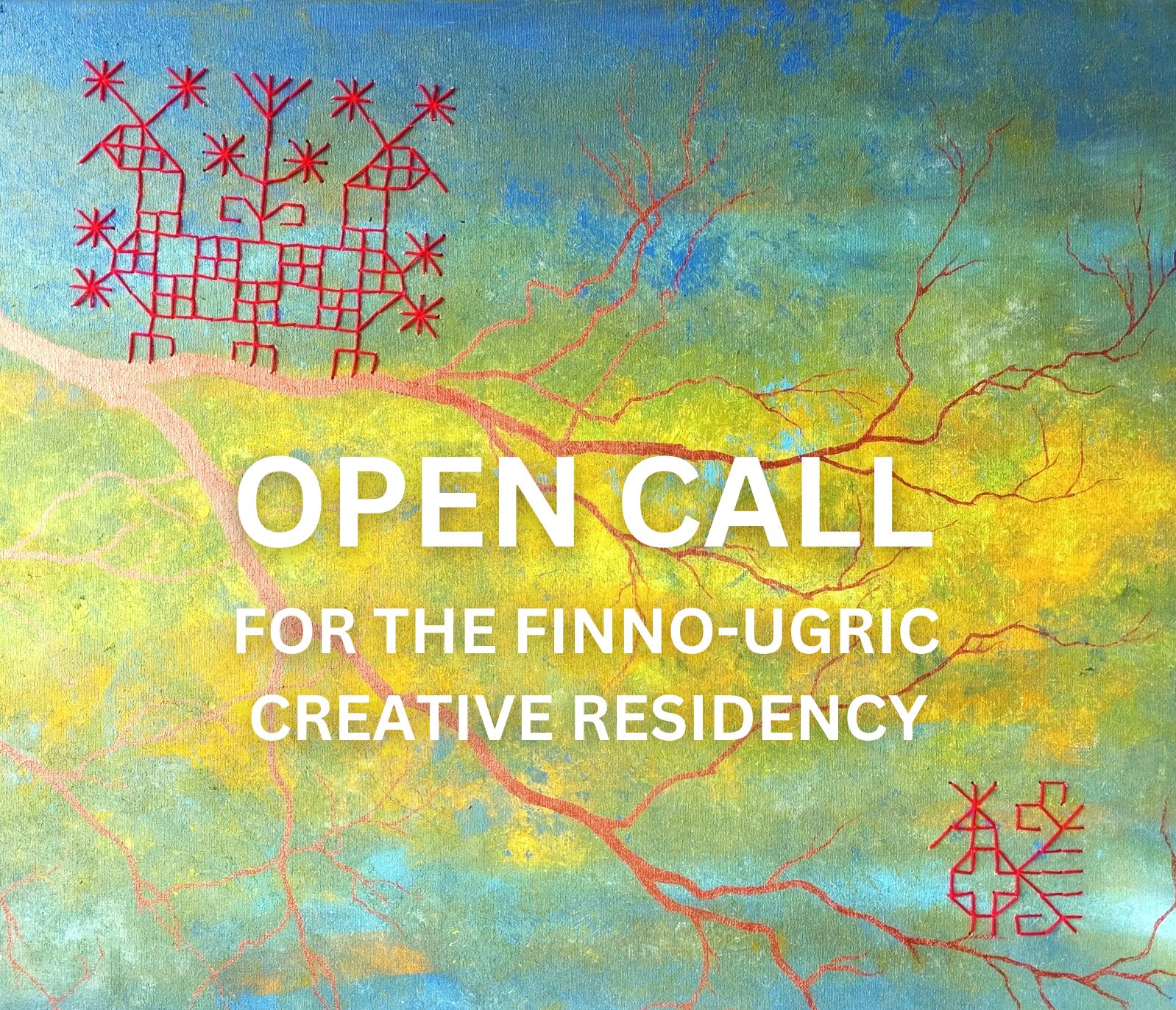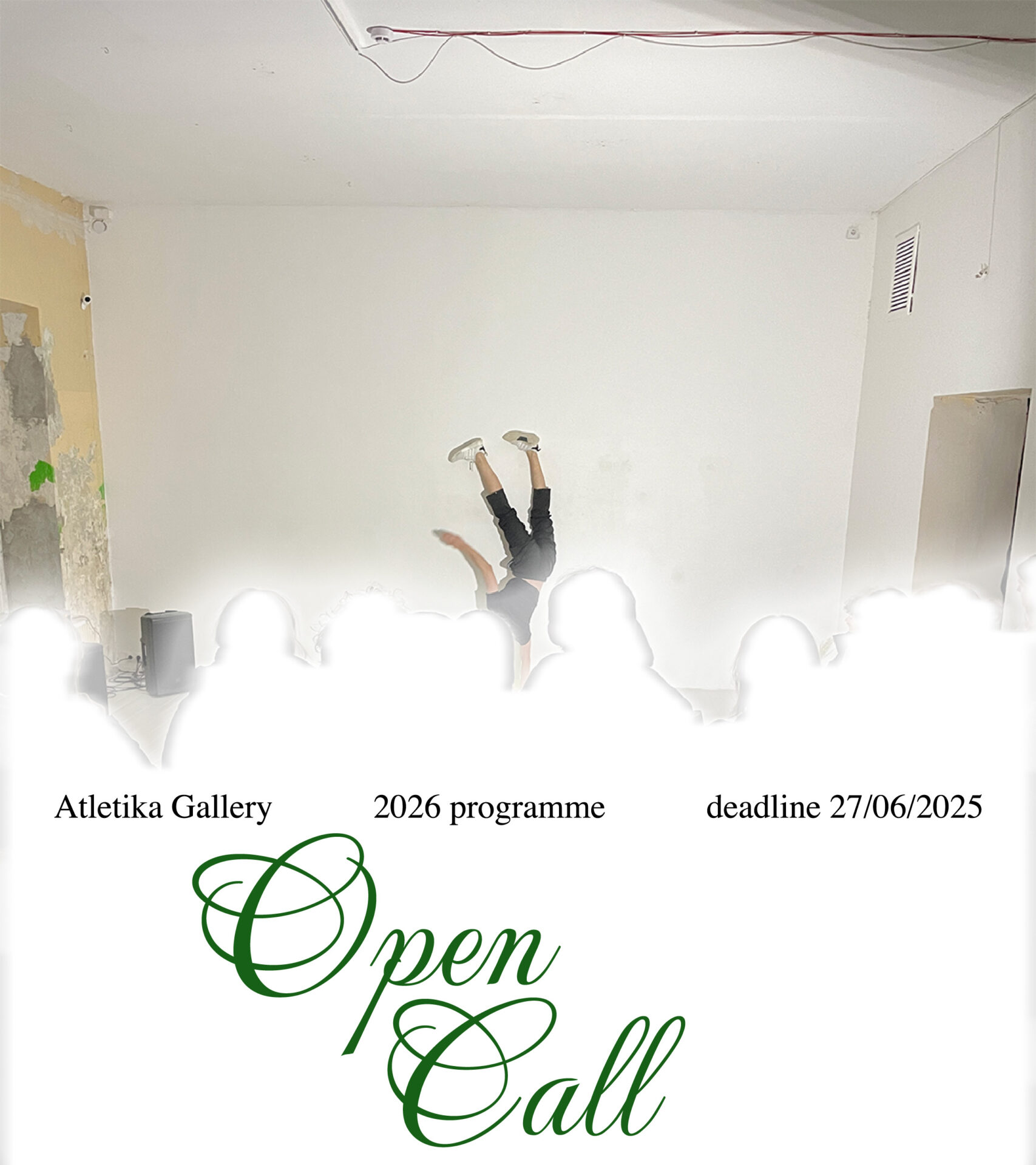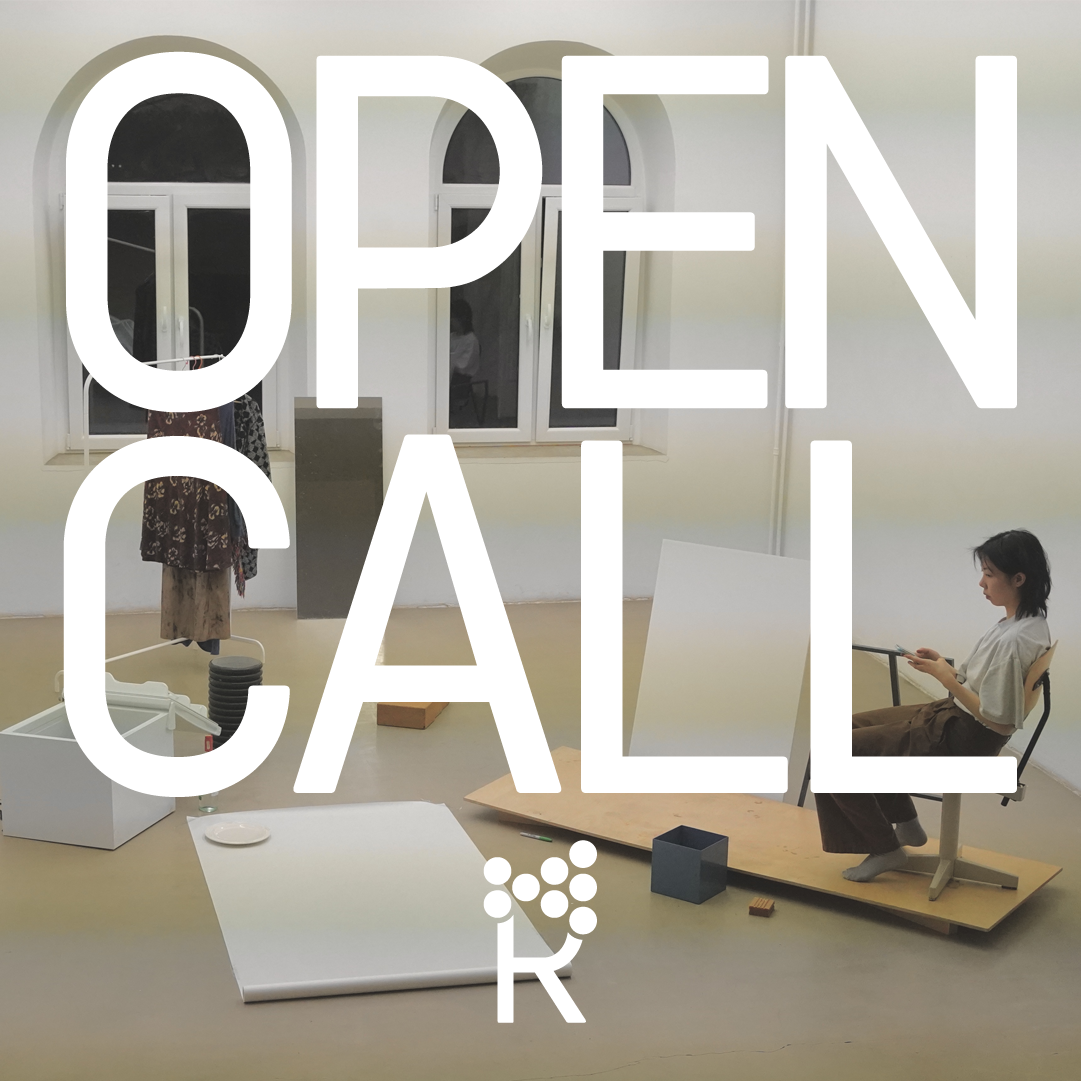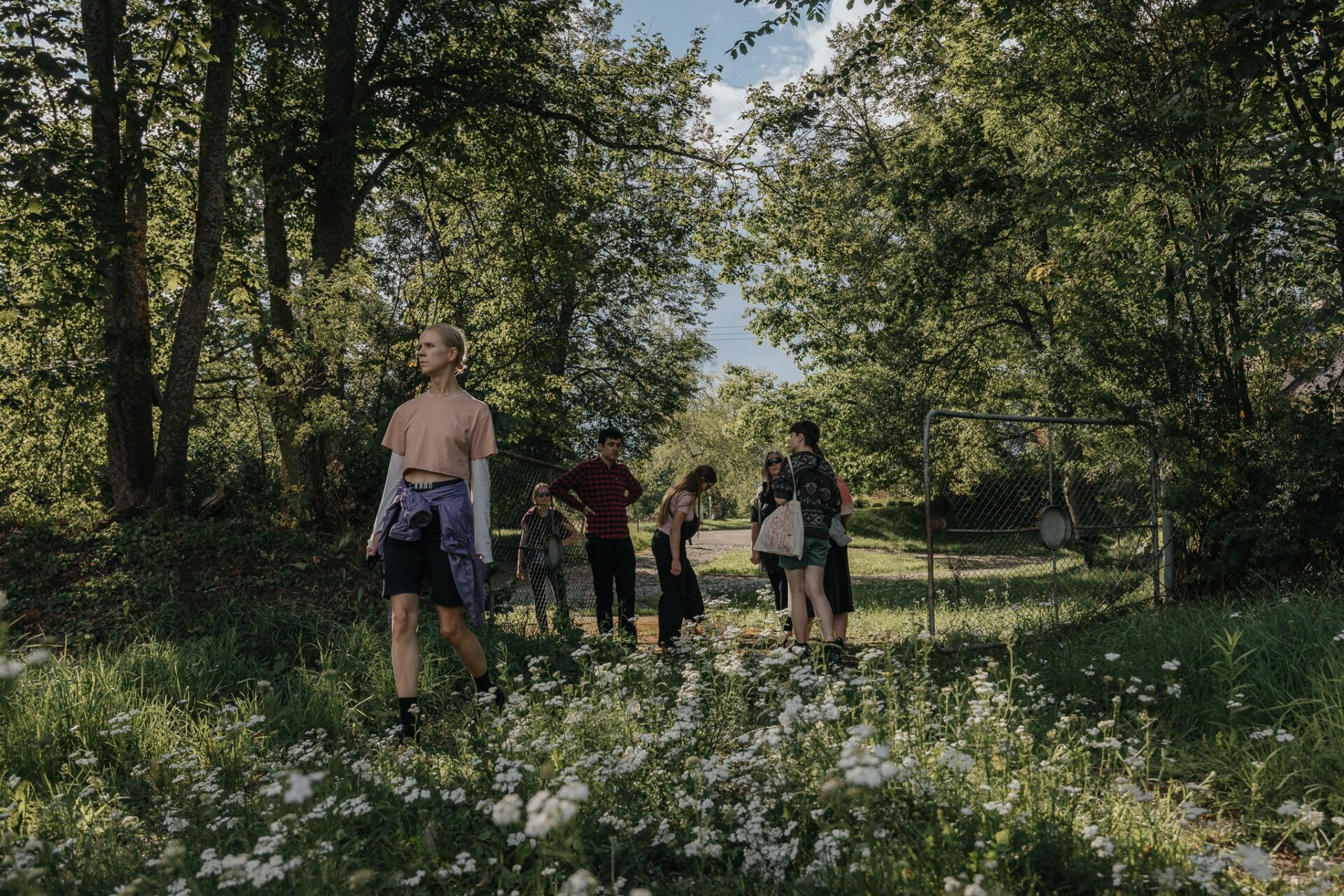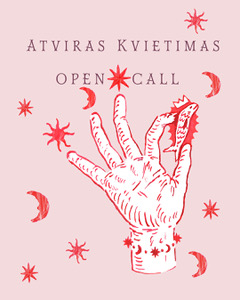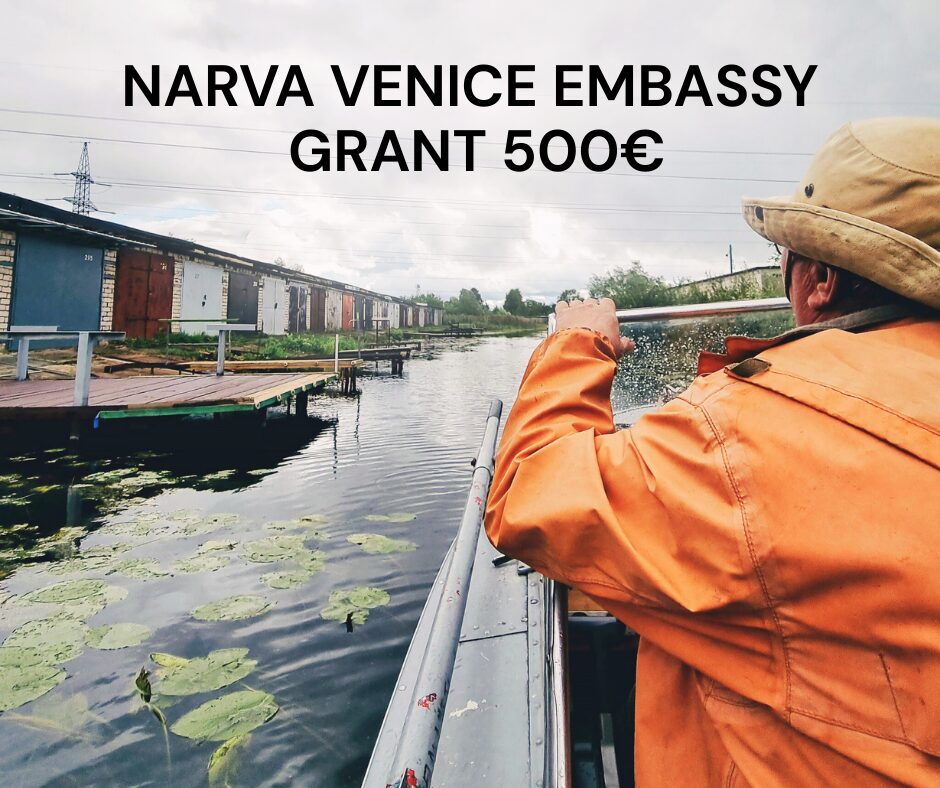3.5 billion years ago, being present then and now,
the oldest known organism is living among us.
The catalyst and the changer of Earth’s life forms,
creating the oxygenic atmosphere as we know and breathe,
breathe breathe breathe,
say hello to cyanobacteria.
At a broad range of wavelengths and light intensities,
this oxygenic photosynthesis organism performs solar energy conversion,
of water and CO2 to O2 and sugar.
Being an important part of the global ecology and oxygen cycle.
and yet with higher water temperatures and generous stir
of phosphorus, nitrogen and weak water management,
it’s the perfect energy blend for becoming a noxious being.
Blooming blooms, blooming blue-green algal blooms,
the greenish surface taking over the water and air,
producing cyanotoxin, some of the most powerful natural poisons known.
The excess energy creating the toxic cocktail of green.
Becoming a creator of oxygen dead zones, the hypoxic zones.
The visible effect of cultural eutrophication, I see you.
Moved by the flows of geopolitics, power, waste and fertilizers,
the jellyfishes are there too, floating carelessly,
rising slime, and other blooms,
breathing in the saturated water.
Hydra, hydrate me, with a soft squishy feeling.
And yet,
it’s no spa, but urgency.
Kristina Õllek’s solo exhibition Filtering With Cyanobacteria, Double Binds & Other Blooms at ISSP gallery (14.07–09.09.2022) is a continuation for her ongoing project Filter Feeders, Double Binds & Other Silicones (2019 – …), that is based on personal observations and research around anthropocentric influences on marine ecology.
With the current exhibition, she’s focusing on the cyanobacteria and the Baltic Sea, which is one of the most polluted and human-affected seas in the world. Its fragile ecosystem is not only dependent on natural factors, but is heavily impacted by the human population surrounding it (including agricultural run-off nutrients, industrial chemicals, poor water management, waste, heavy marine traffic, the underwater noise, etc.). The Baltic Sea is a semi-enclosed slow-moving sea and its recovery capacity is therefore relatively limited. The excess nutrients in the water (fertilizers, etc.), inadequate water treatment, and rising sea temperatures significantly affect the cyanobacterial community, leading to increasing annual cyanobacterial blooms – toxic blue-green algae blooms, which creates highly depleted and oxygen-poor areas. These dead zones have a major impact on marine ecology. In addition to these annual dead zones, there’s also approximately 100,000 km2 of the Baltic’s seafloor (a ¼ of its total area) in a variable dead zone due to more saline and denser water that remains on the bottom, therefore isolating it from surface waters and the atmosphere.
For the solo exhibition at ISSP gallery, Kristina Õllek has been working with the sea salt, cyanobacteria, bioplastic, silicone, and other organic and inorganic materials that become part of the photographic works and the installation, acquiring another physical layer and materiality with its own agency. Comprising photographic and sculptural elements – the artist thinks together with the aquatic and Baltic Sea, its speculative future scenarios and changing composition of ecology and marine chemistry.
Kristina Õllek (b.1989, Estonia) is a visual artist who lives and works in Tallinn, Estonia. She is working in the field of photography, video and installation, with a focus on investigating representational processes, geological and ecological matter, and the human-made environment. In her practice, she uses a research-based approach, but within she also incorporates her own fictitious and speculative perspectives to it. With her work, she raises questions around the relationship between natural and synthetic, original and copy, and understandings of materiality, by obtaining a new and reconsidered meaning. She’s interested in stretching out the boundaries of what we can see and use as an image and space, especially now in the age of rapidly developing and highly manipulative technology. Within her recent projects she’s been focusing on the notion of new technologies, marine environment, and the geopolitical and ecological conditions associated with them, and their influence on our current living environment. Her works are often site-sensitive, analyzing the exhibition location and format, questioning modes of presentation and installation politics, viewing it from different perspectives — from a historical museum to online space.
Kristina Õllek has graduated from Estonian Academy of Arts (BA degree in 2013, MA degree in 2016; at the Photography Department, Fine Arts). She has also studied at Piet Zwart Institute in Rotterdam (2016) and Kunsthochschule Berlin-Weissensee (2012). She’s been twice the laureate of the Estonian Academy of Arts Young Artist Prize, in 2013 (BA) and 2016 (MA). In 2019 she received the Art Proof Production Grant. Her works can be found in private and public collections (e.g Estonian Art Museum, Estonia; Fotomuseum Winterthur, Switzerland; European Central Bank art collection, Germany). Kristina Õllek’s works have been recently shown in various international group and solo exhibitions in Estonia and abroad.
Graphic design: Kert Viiart
The exhibition is supported by: State Culture Capital Foundation, Riga City Council, Cultural Endowment of Estonia, Estonian Union of Photography Artists (FOKU), Nordic Culture Point
Special thanks to Kert Viiart.
Photography: Kristina Õllek
